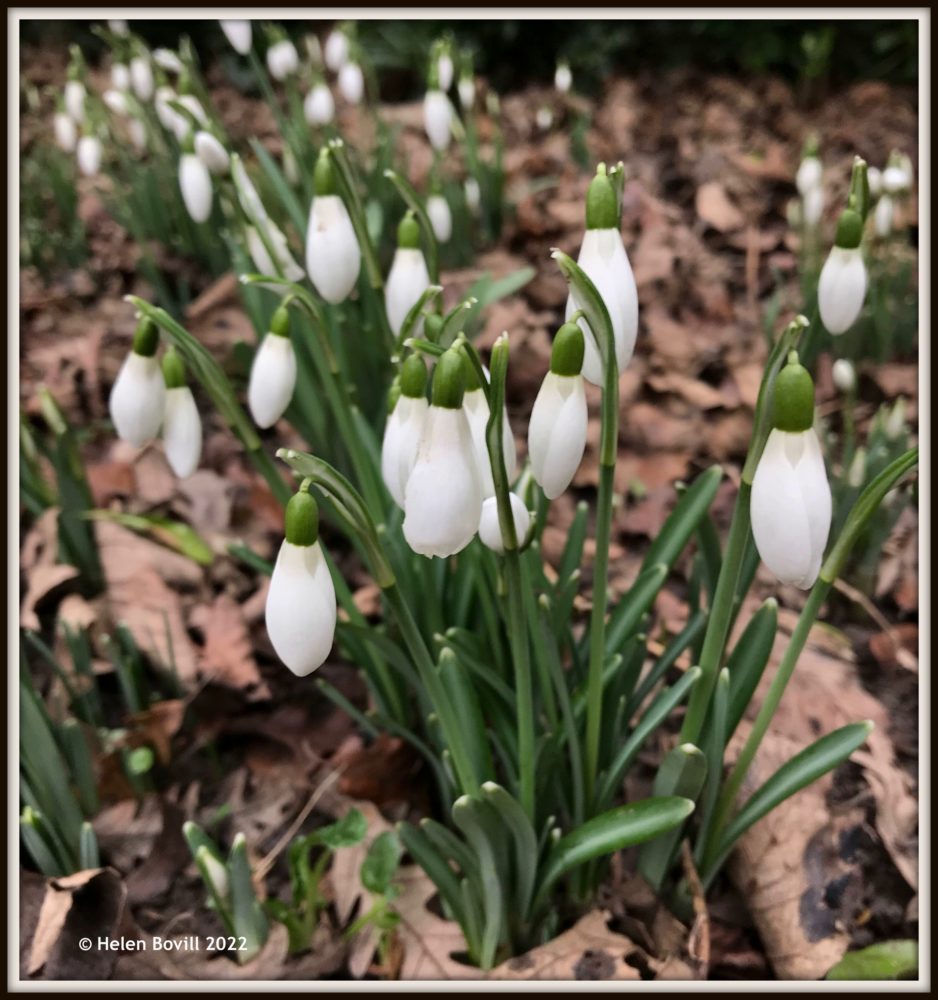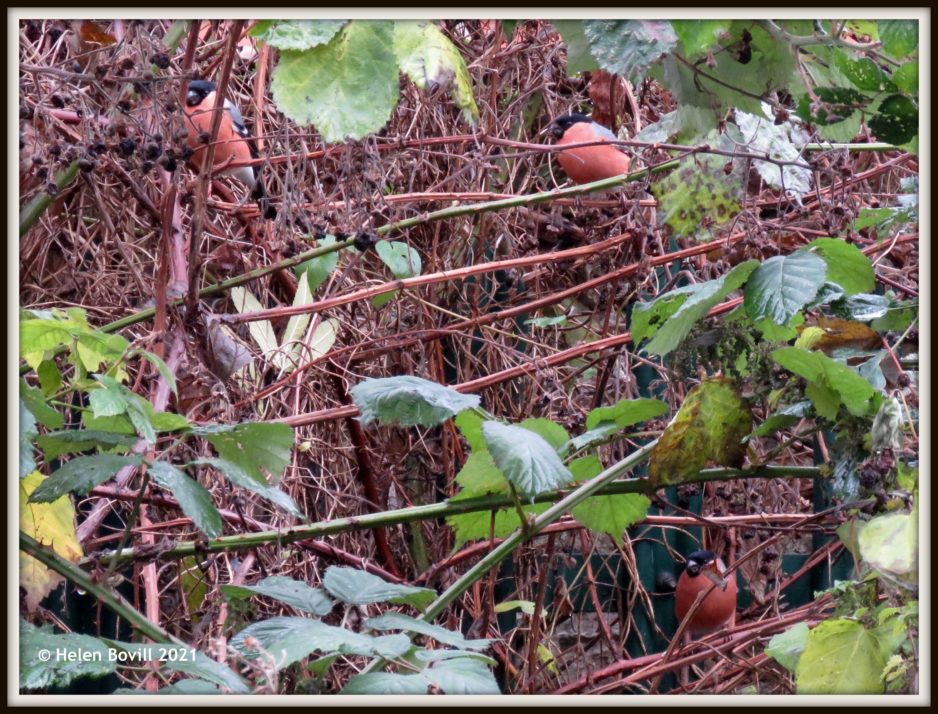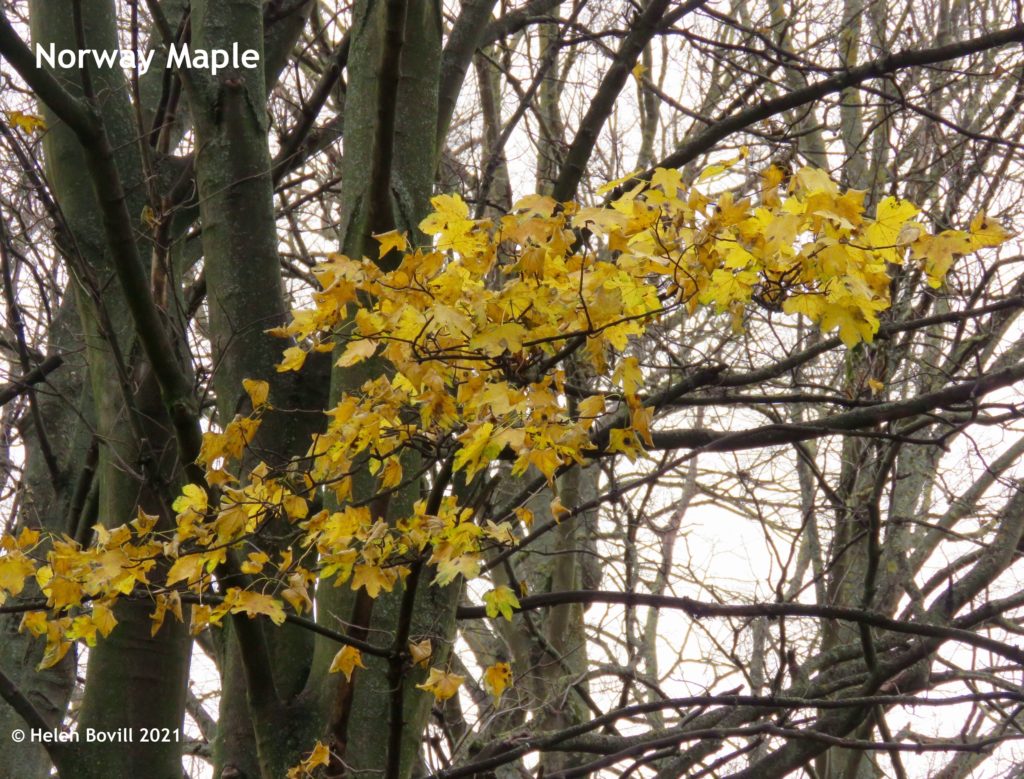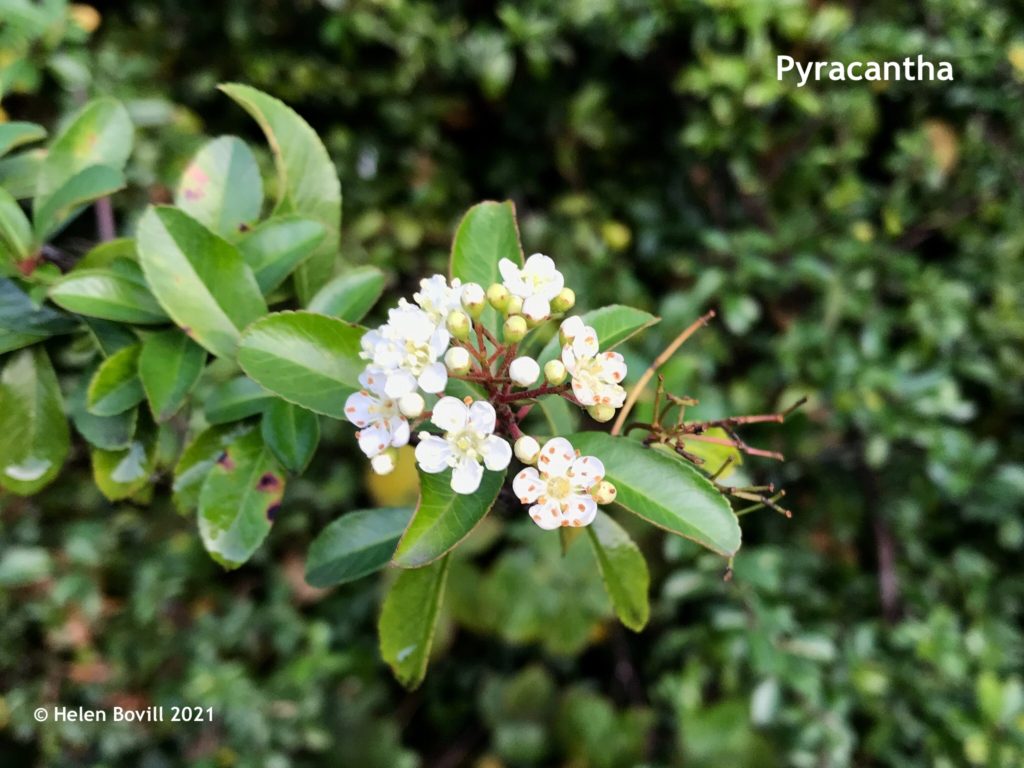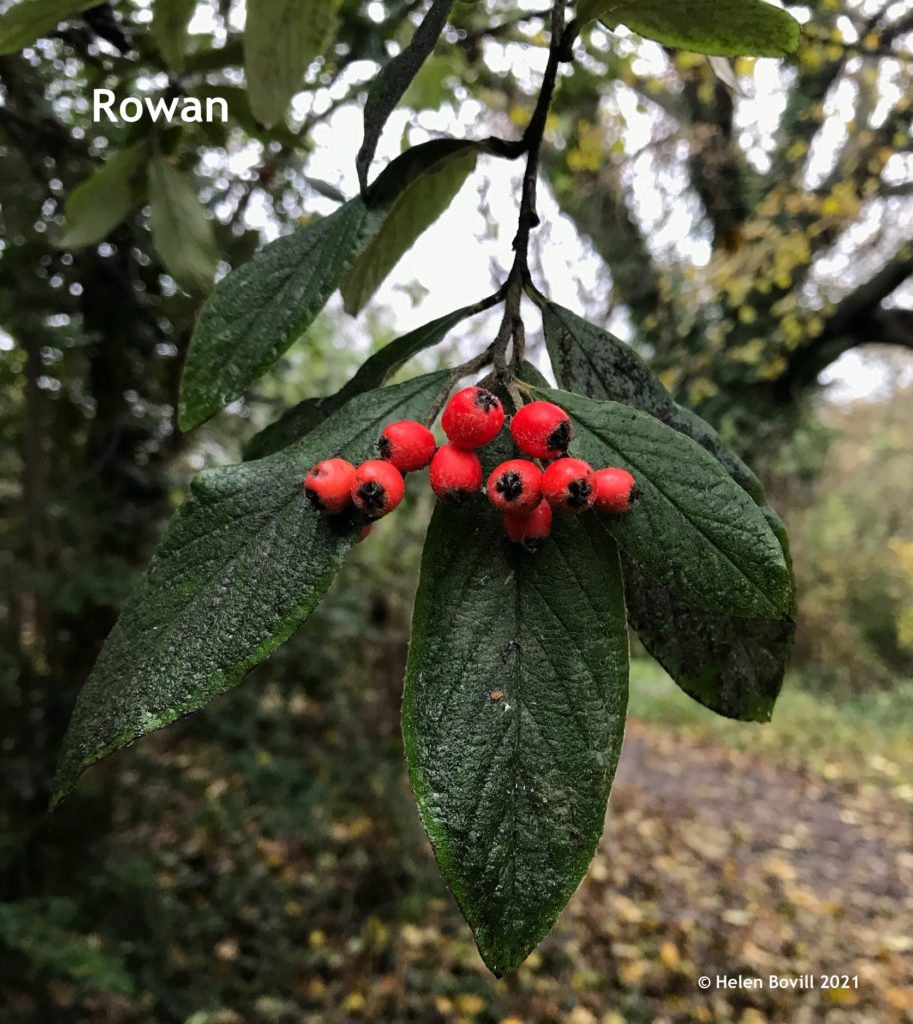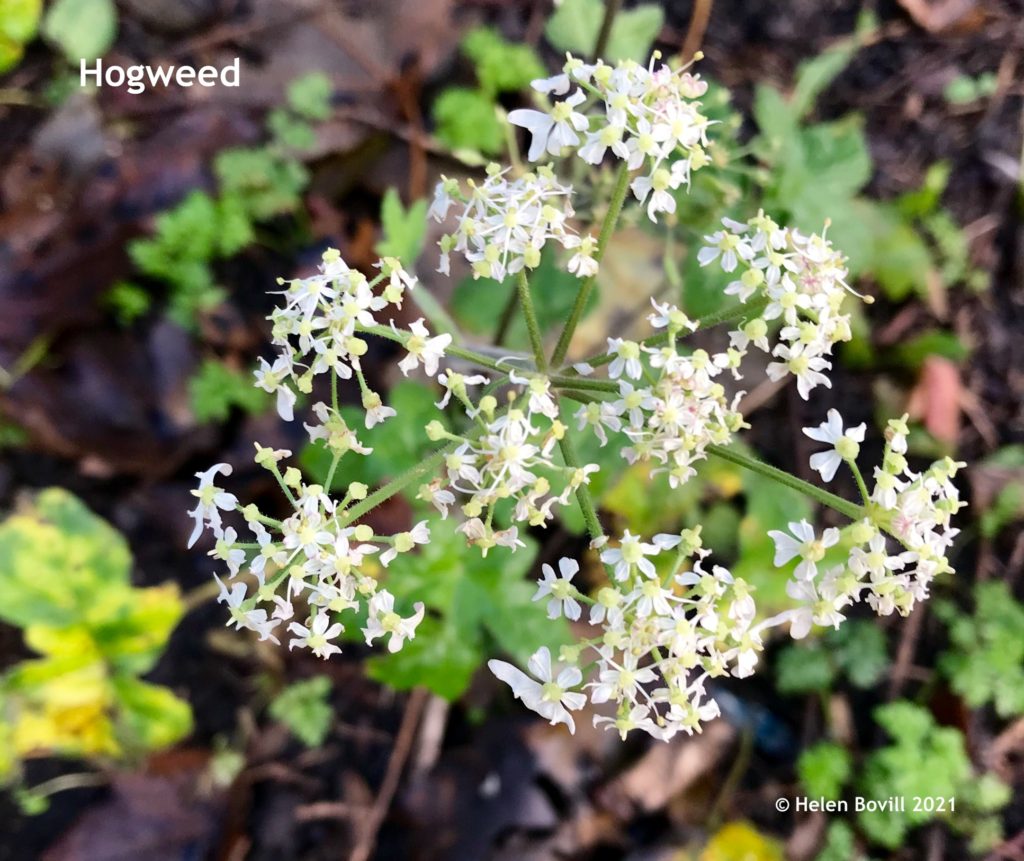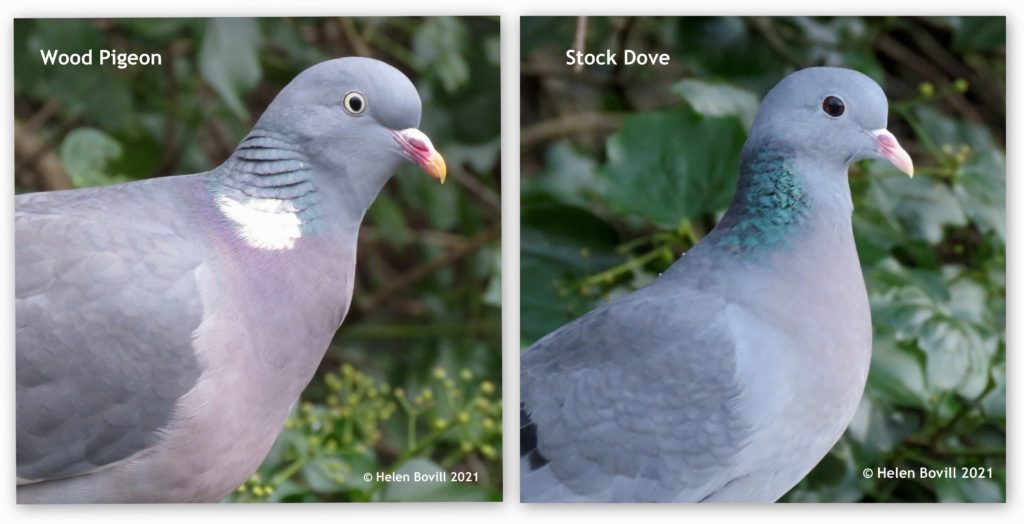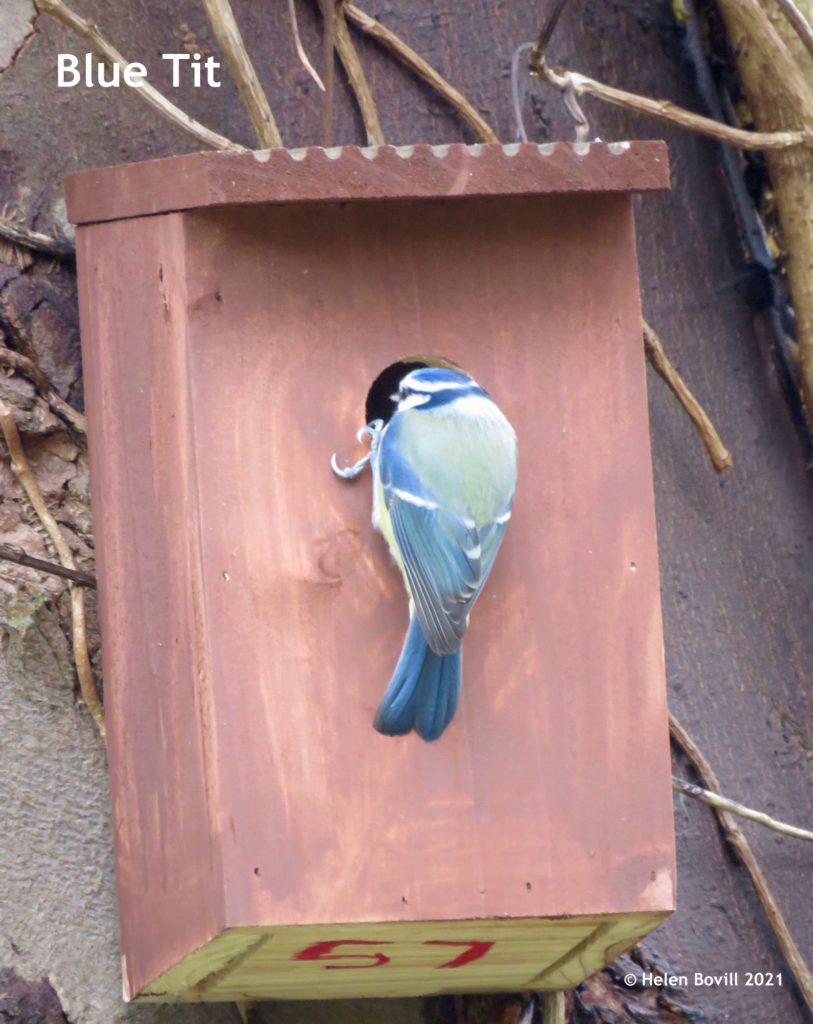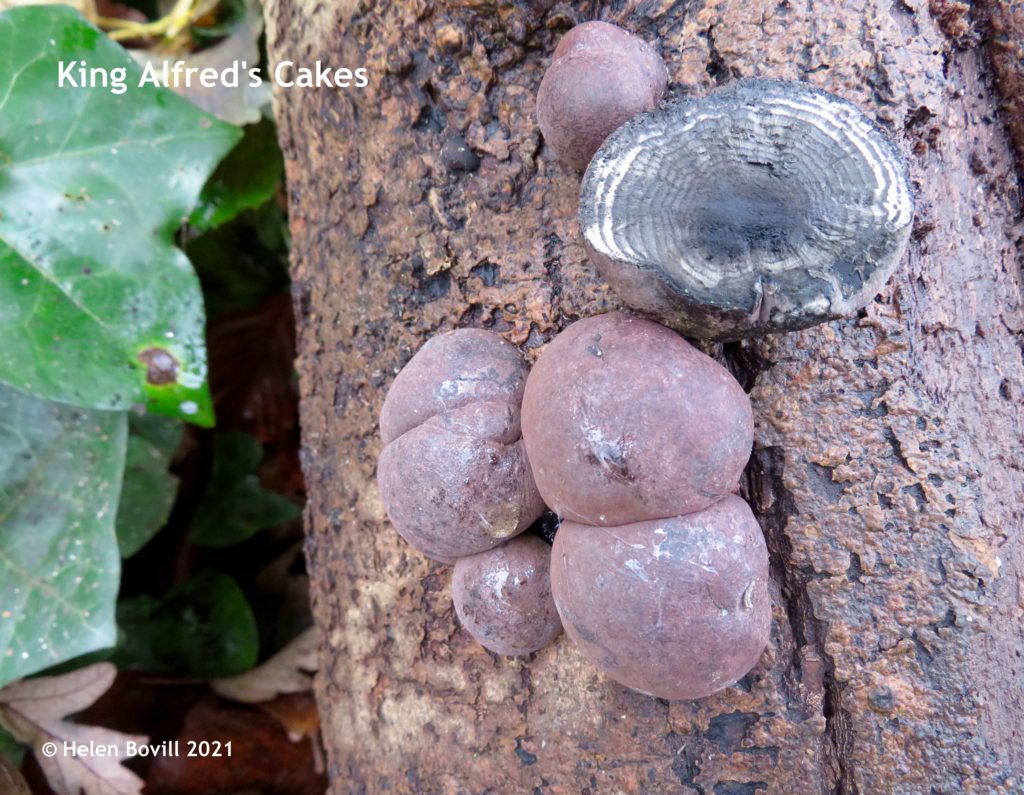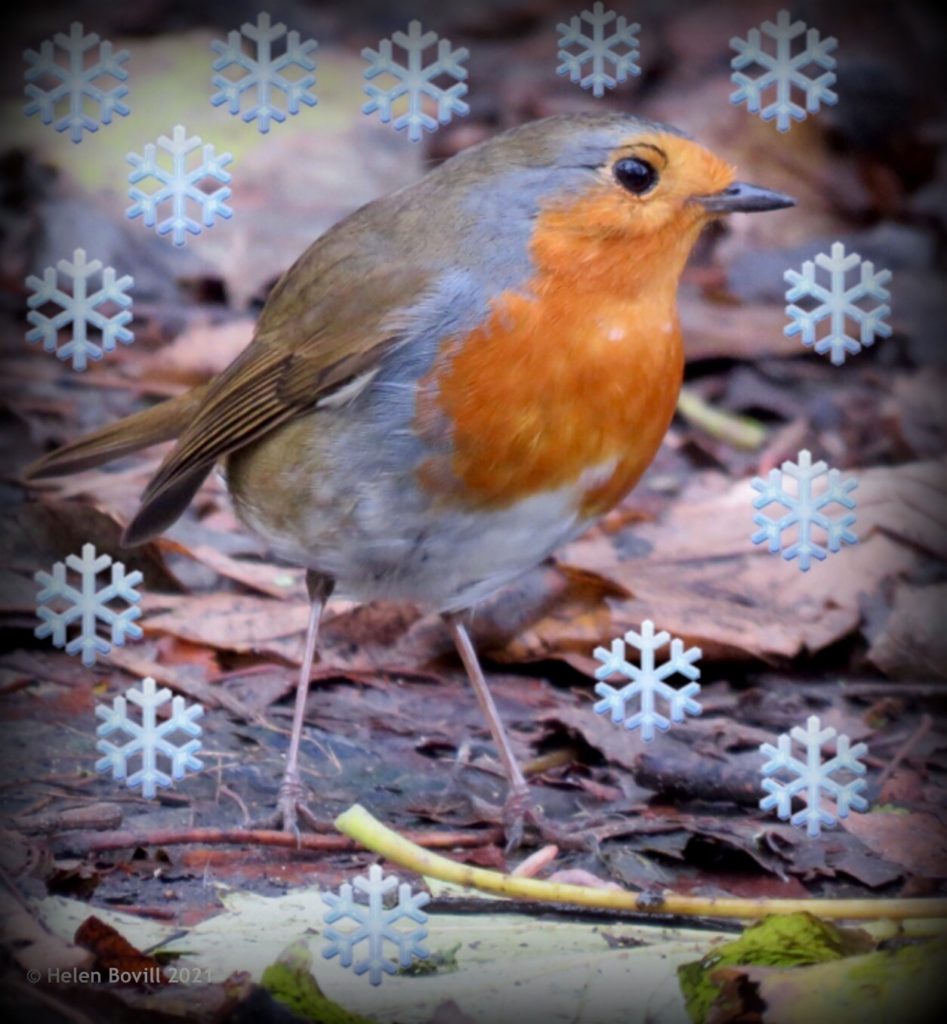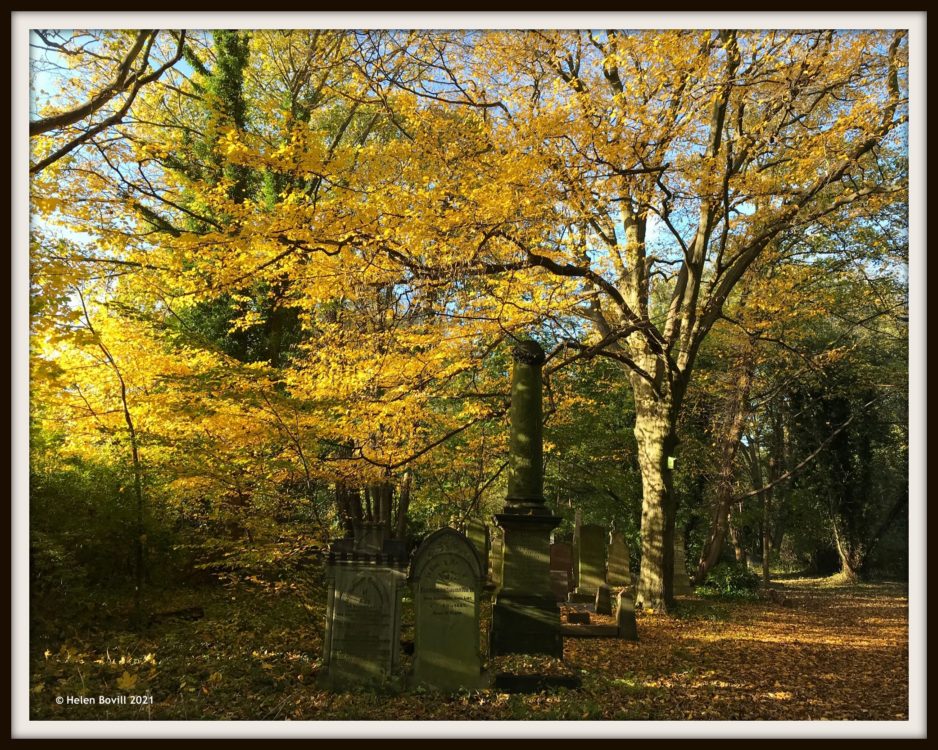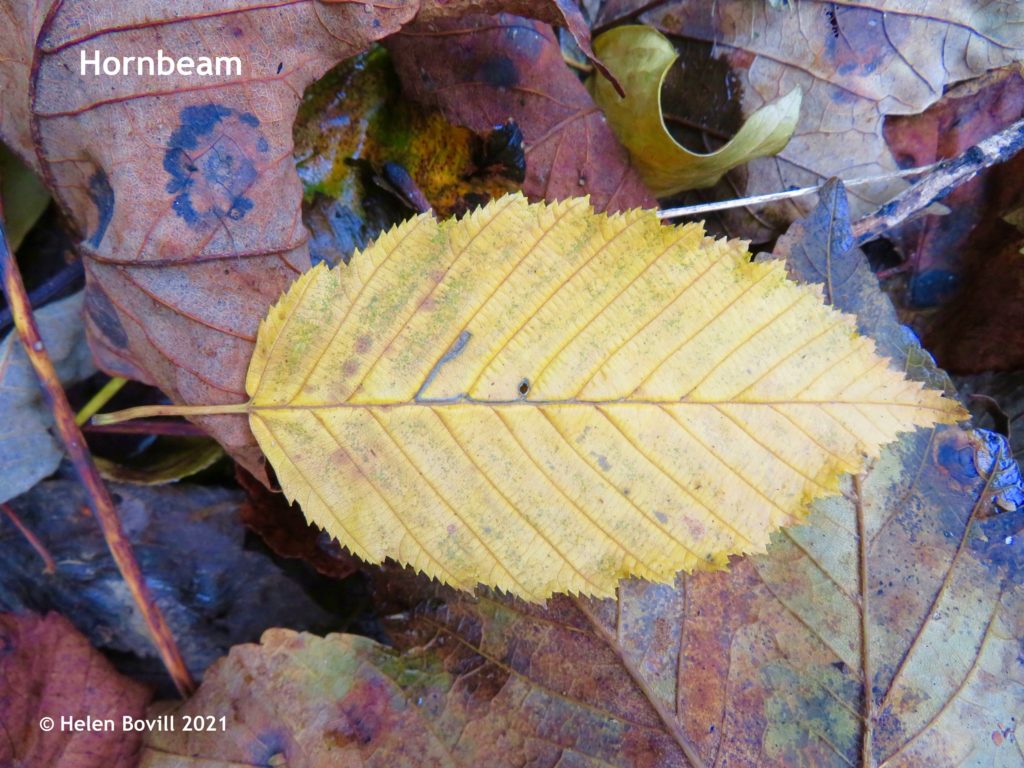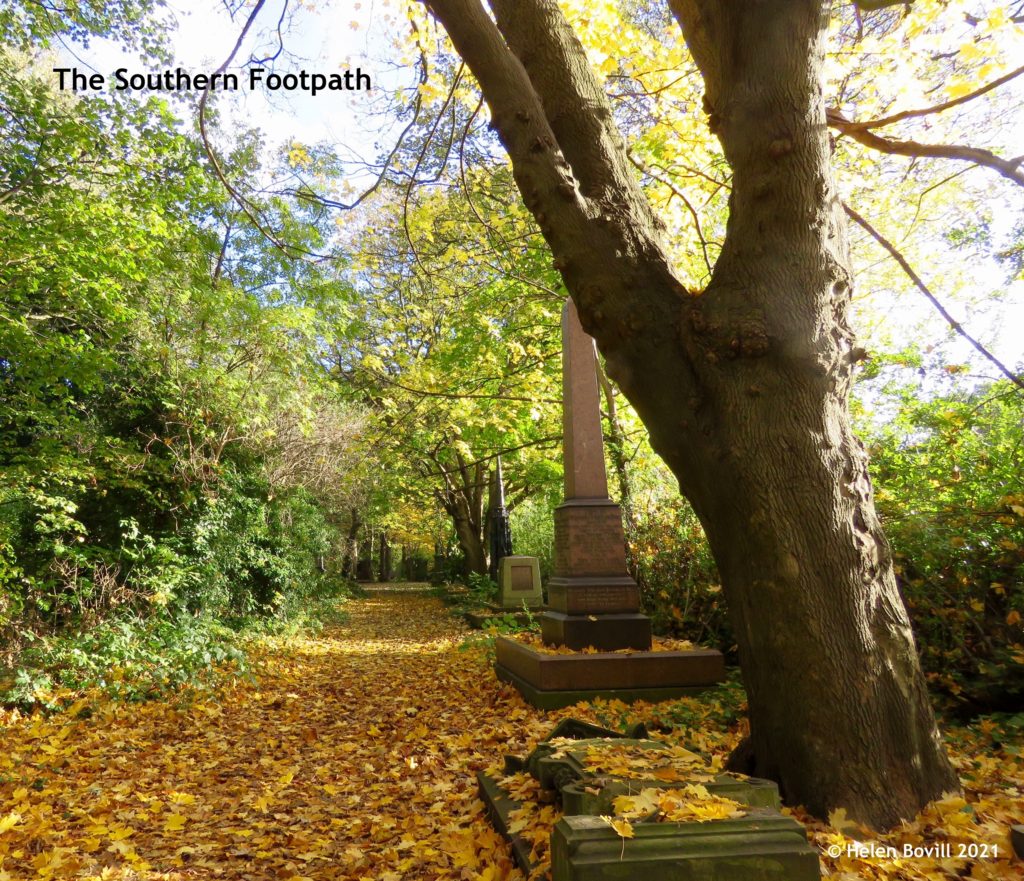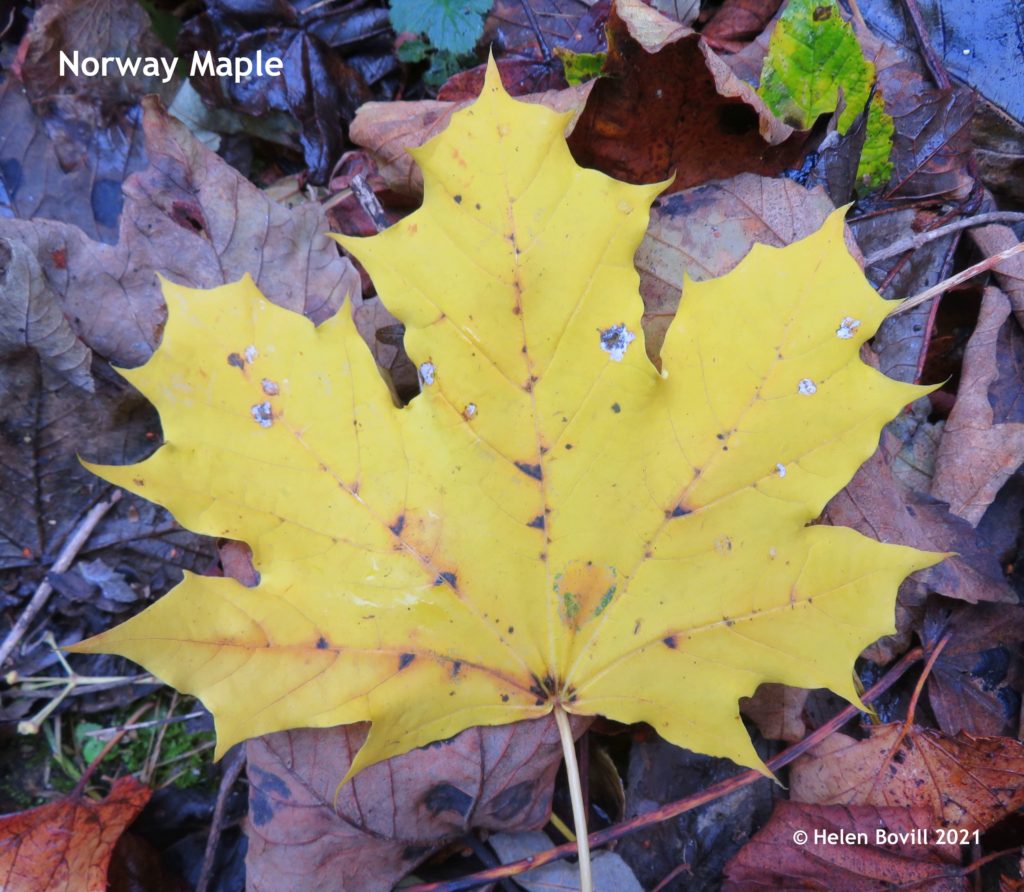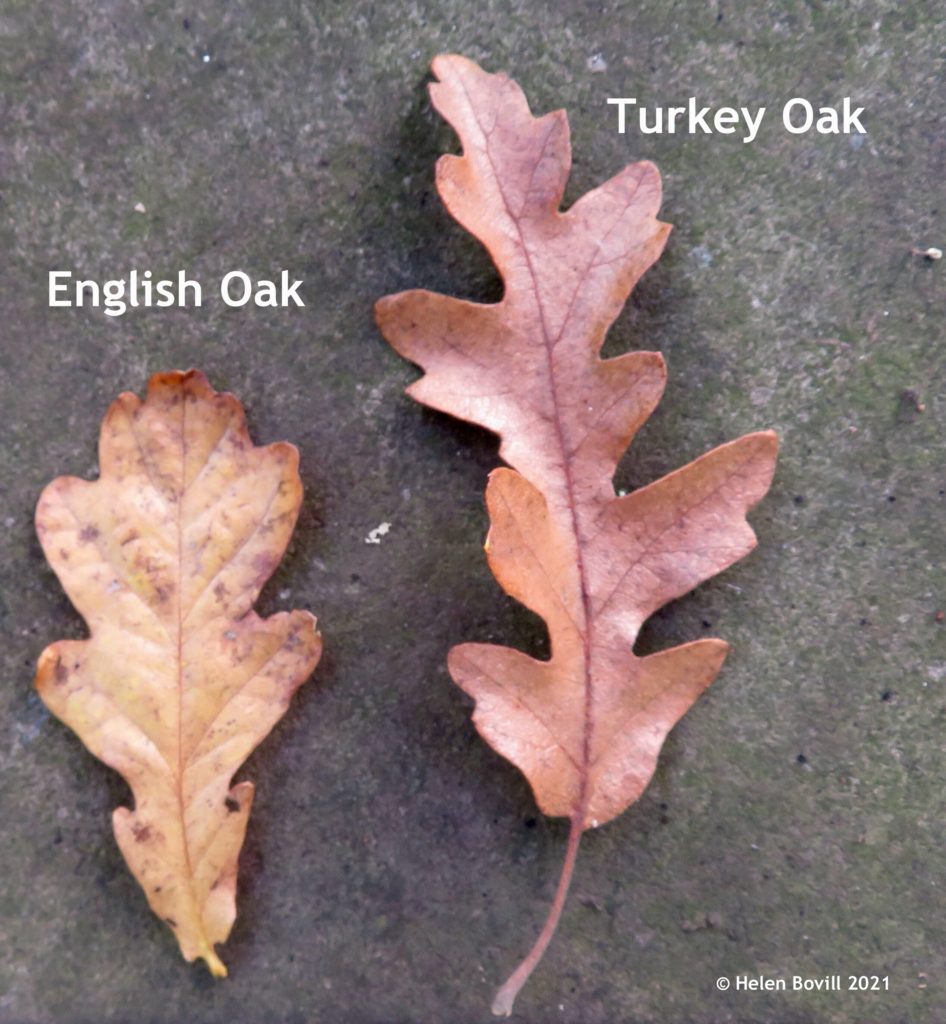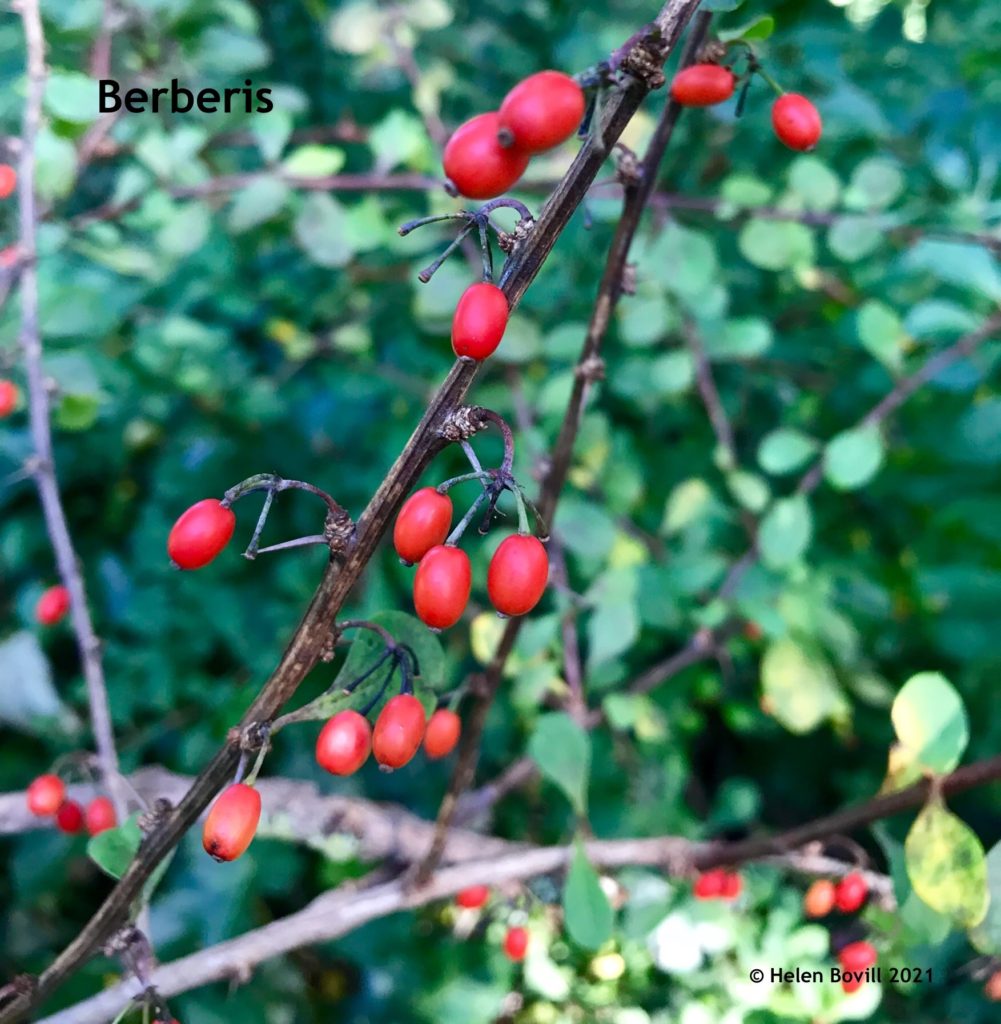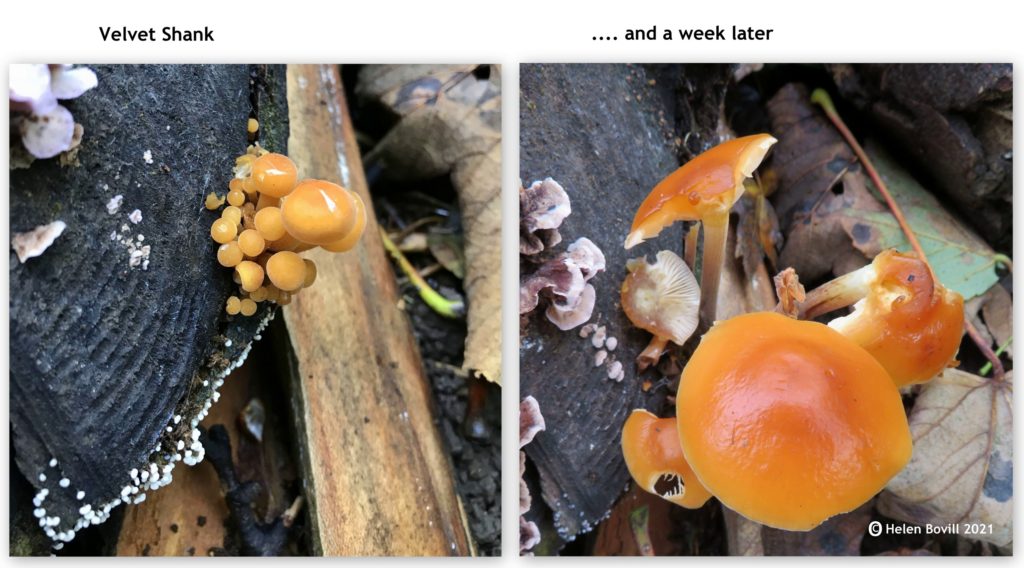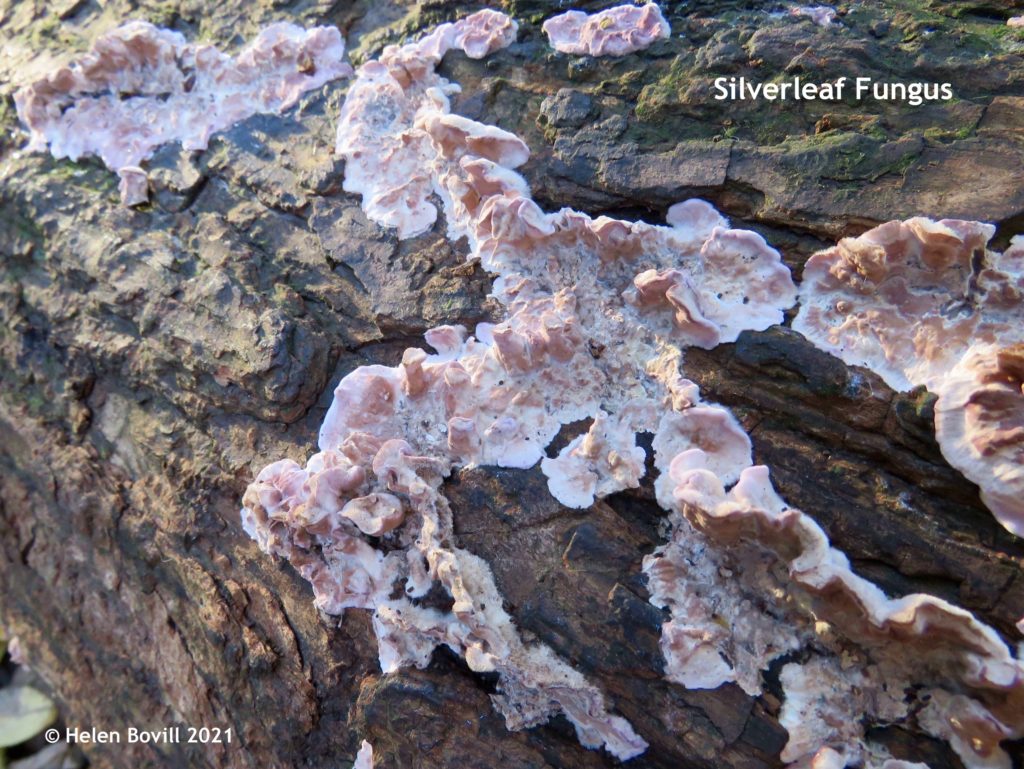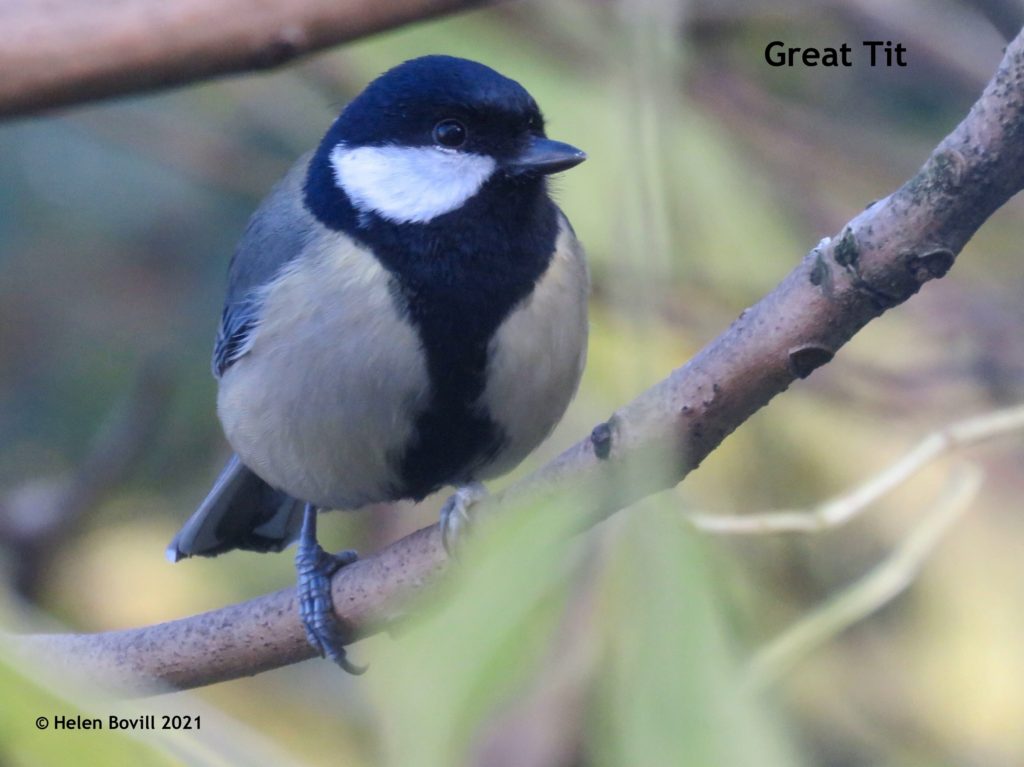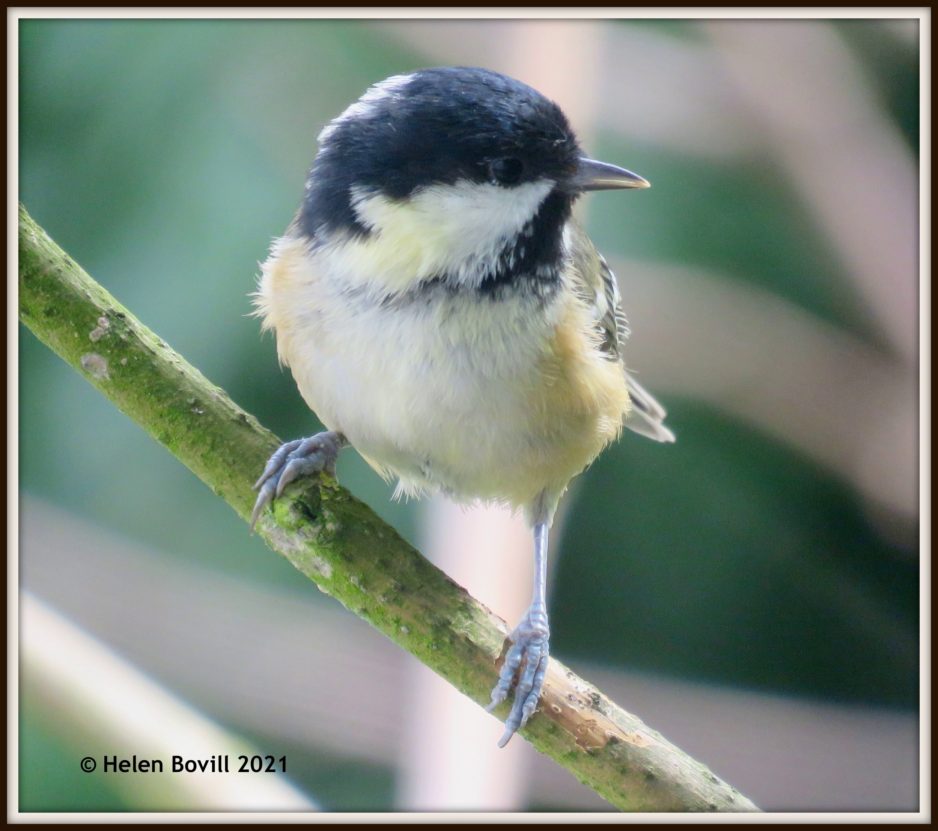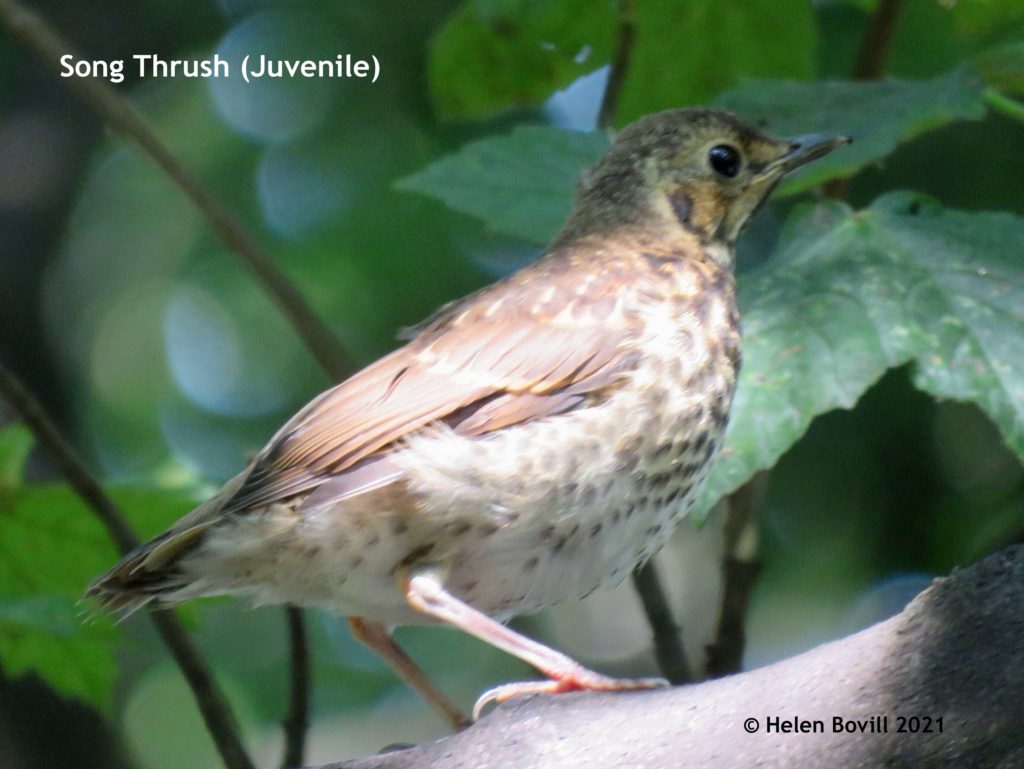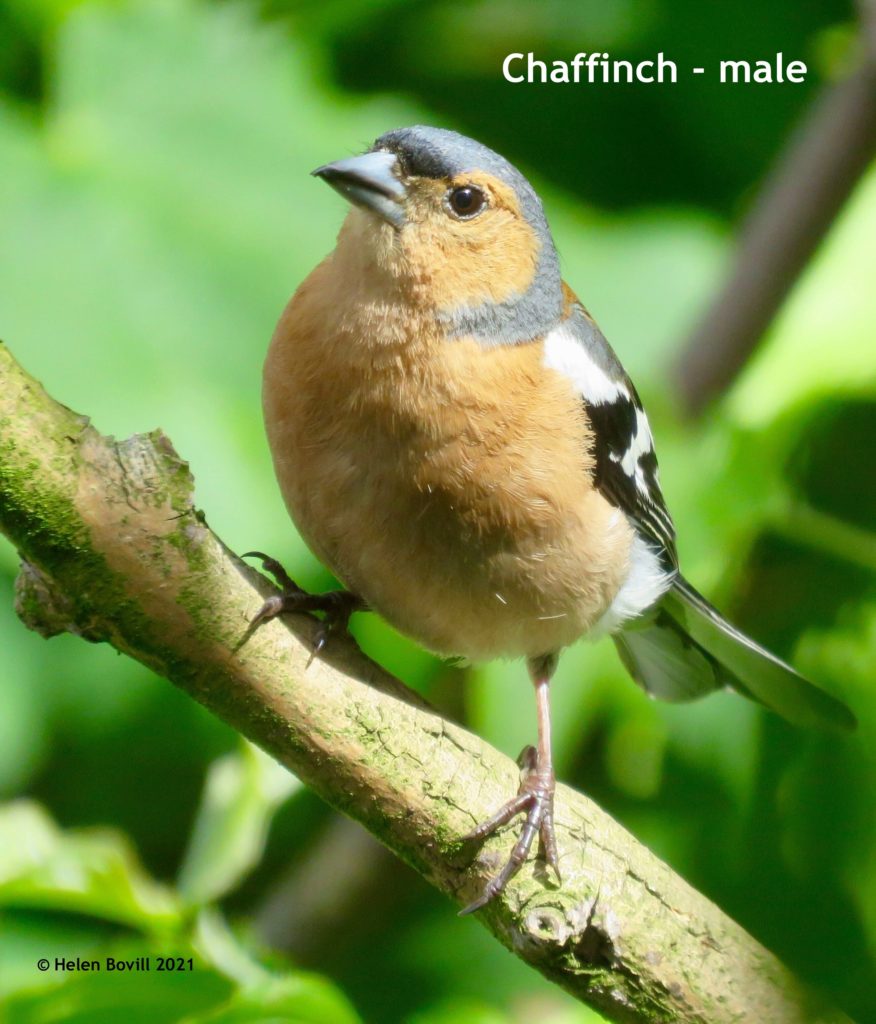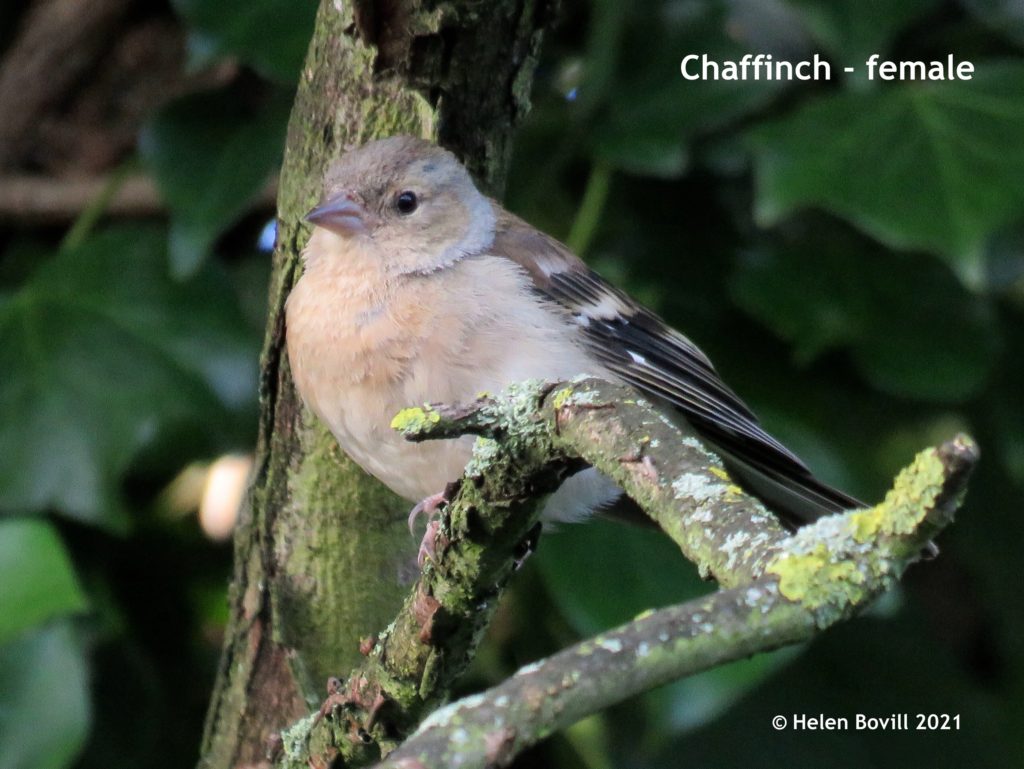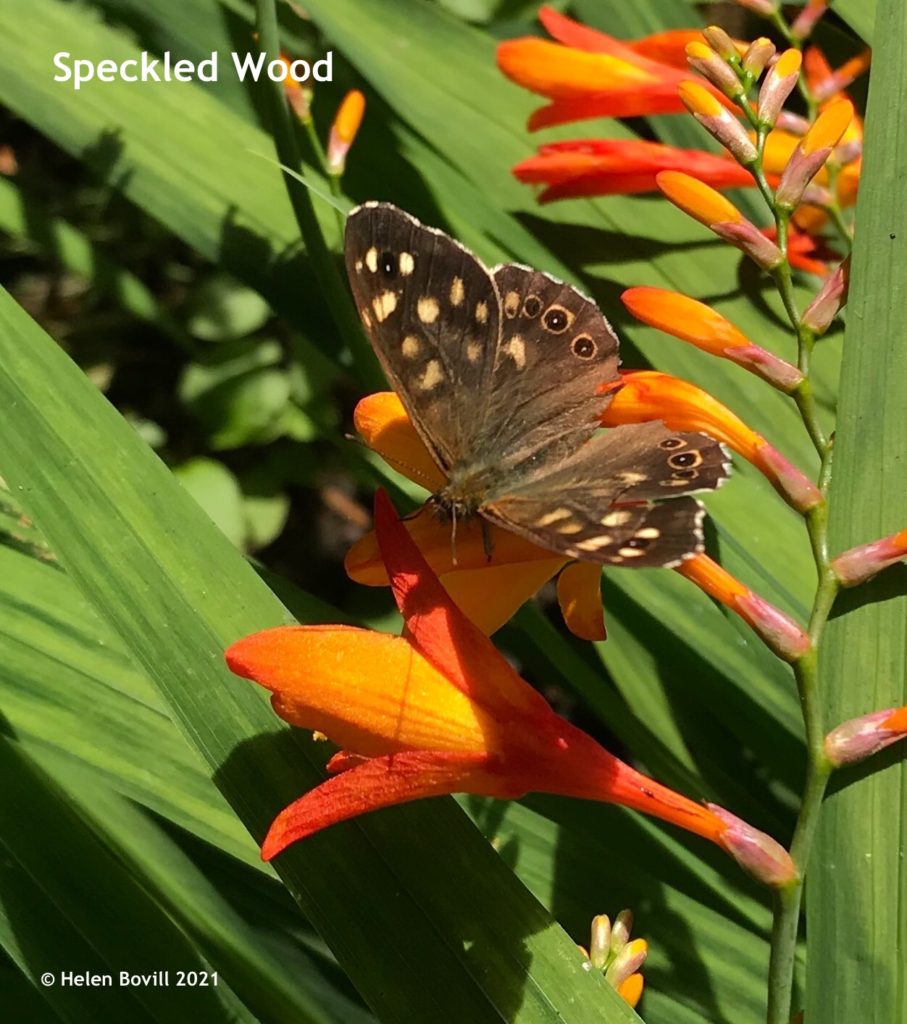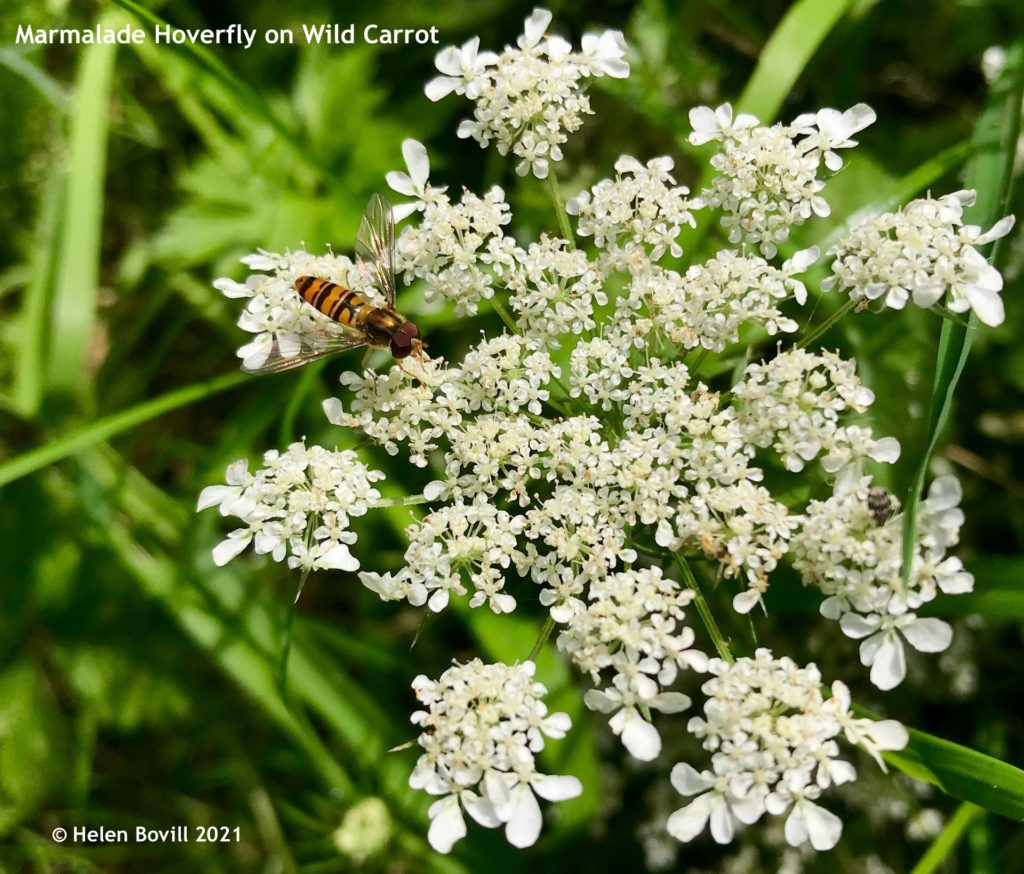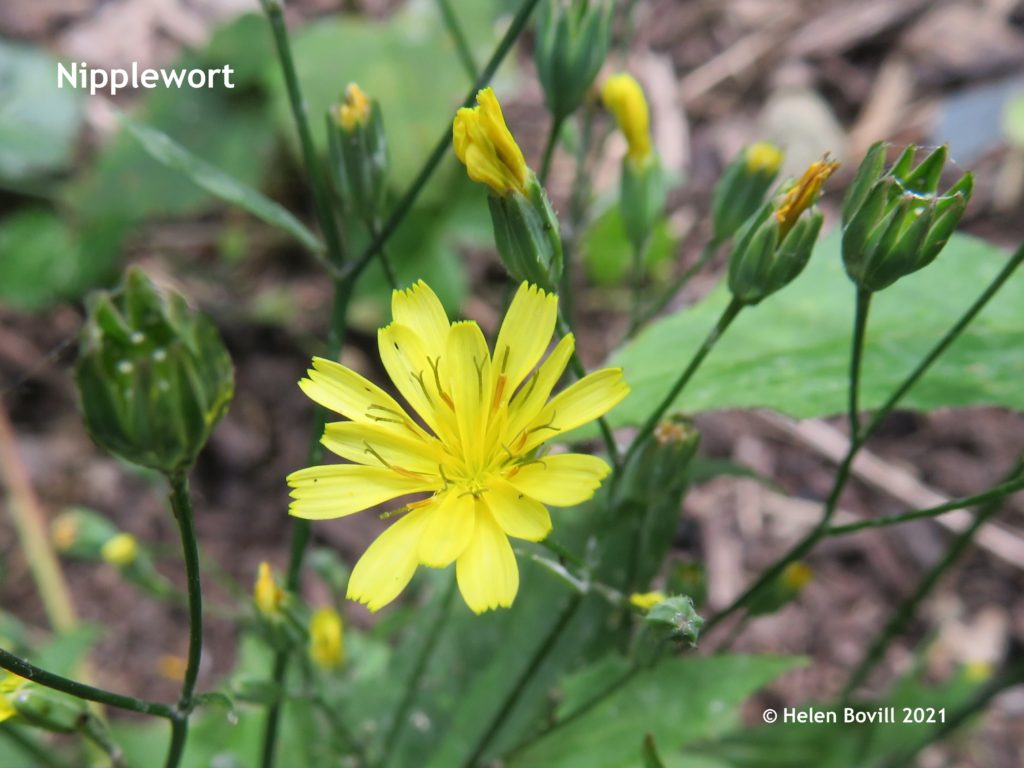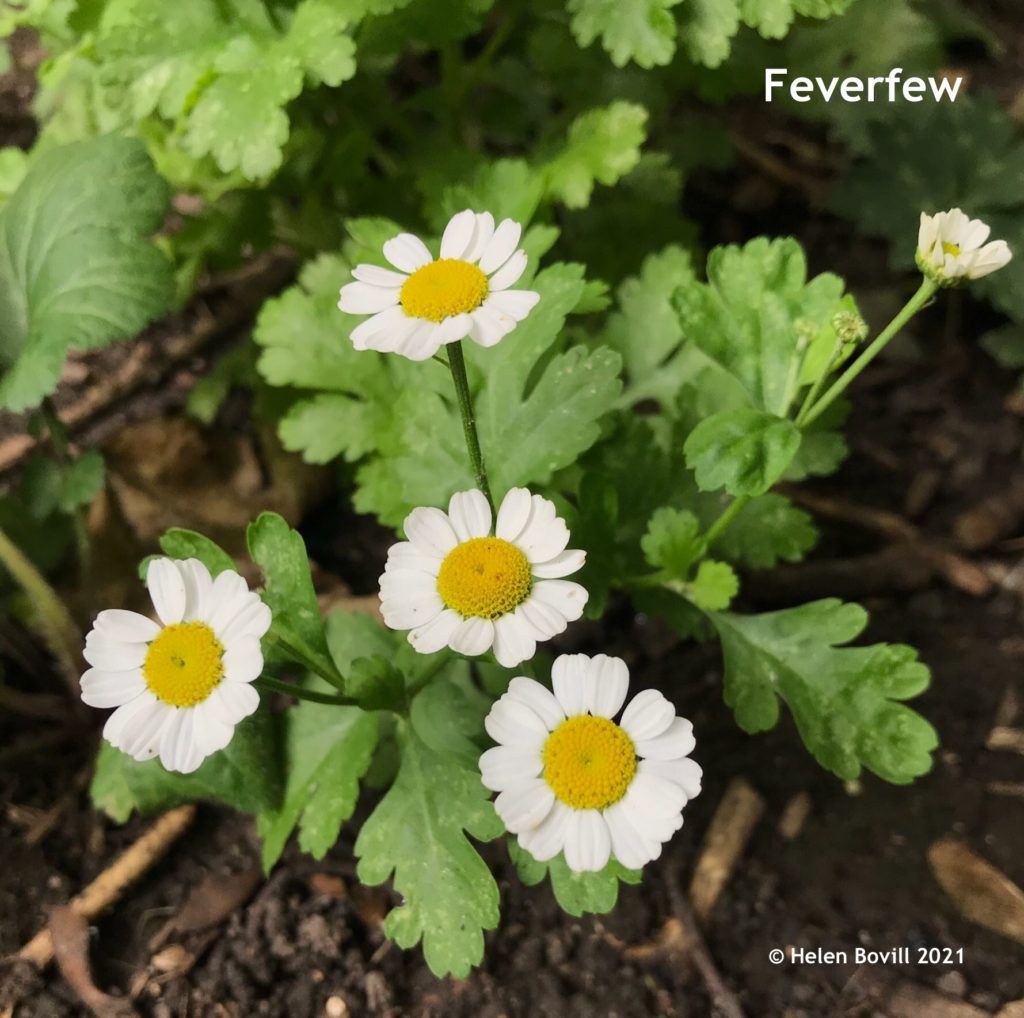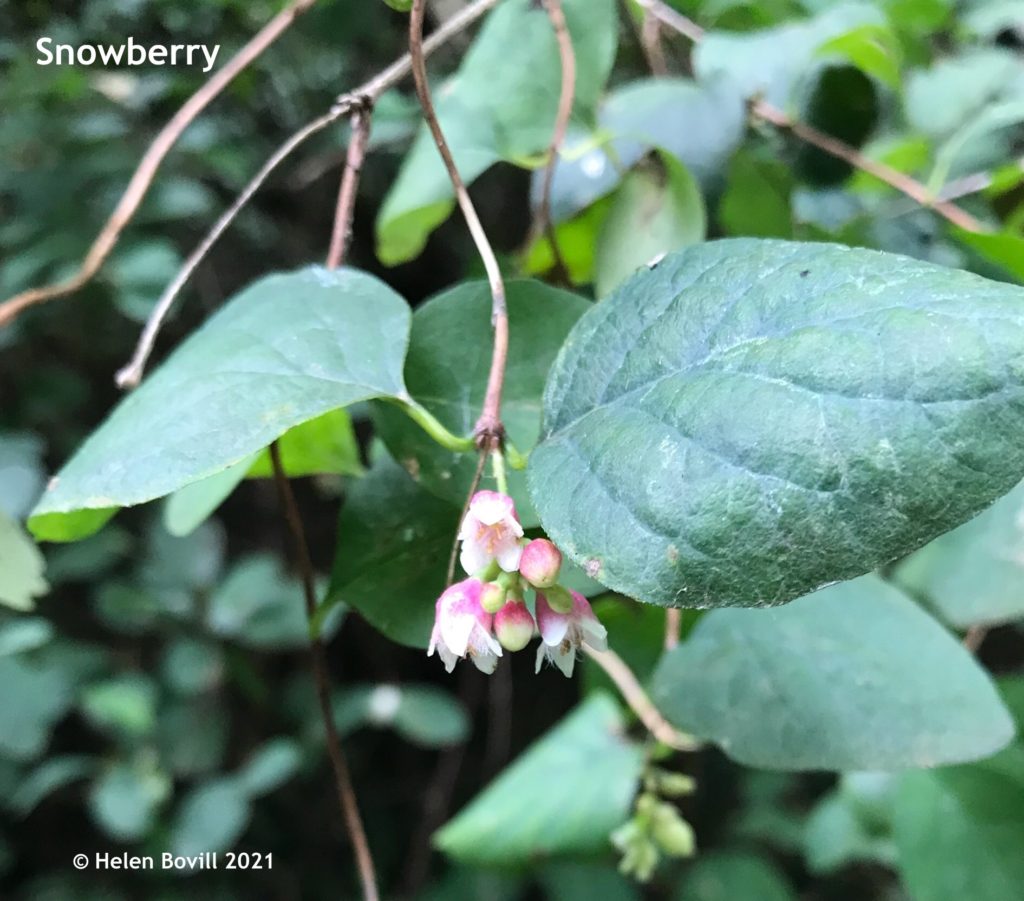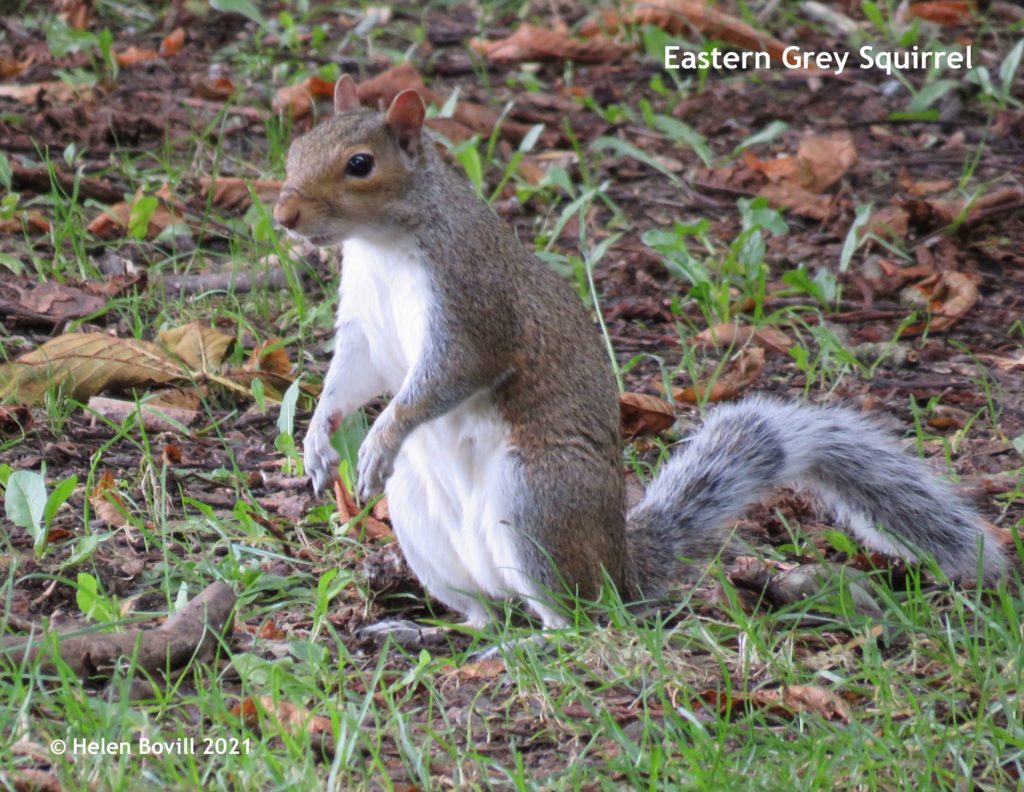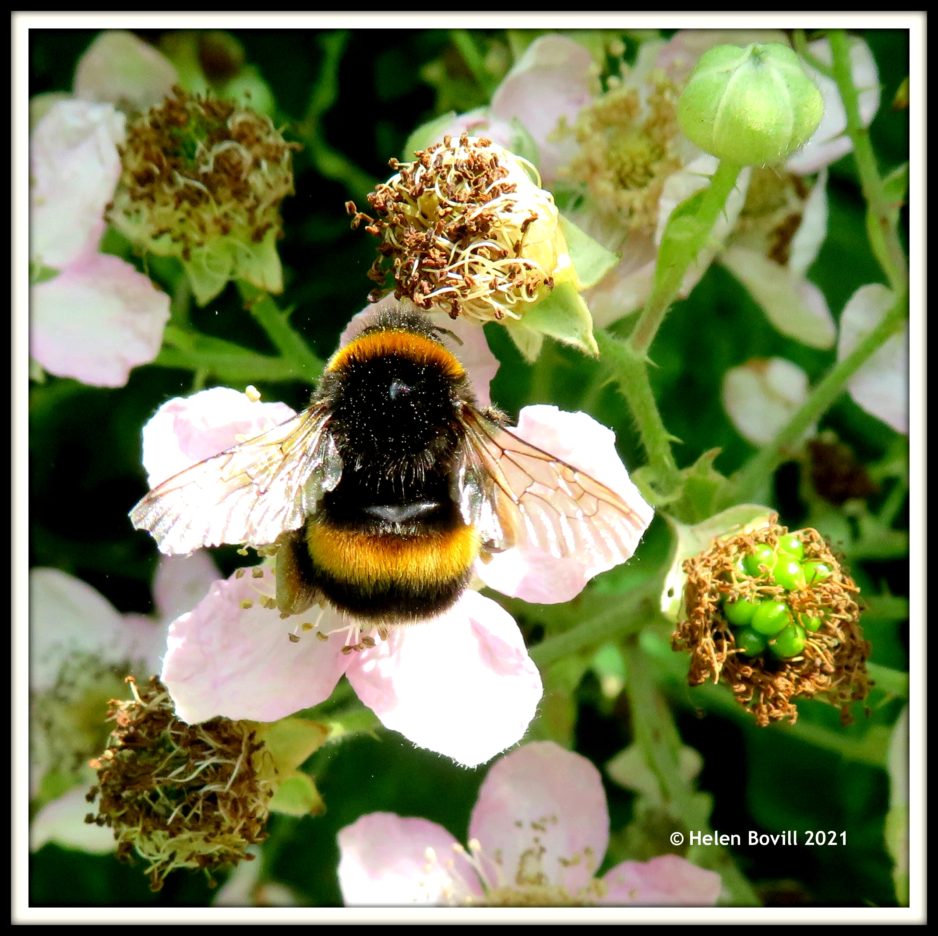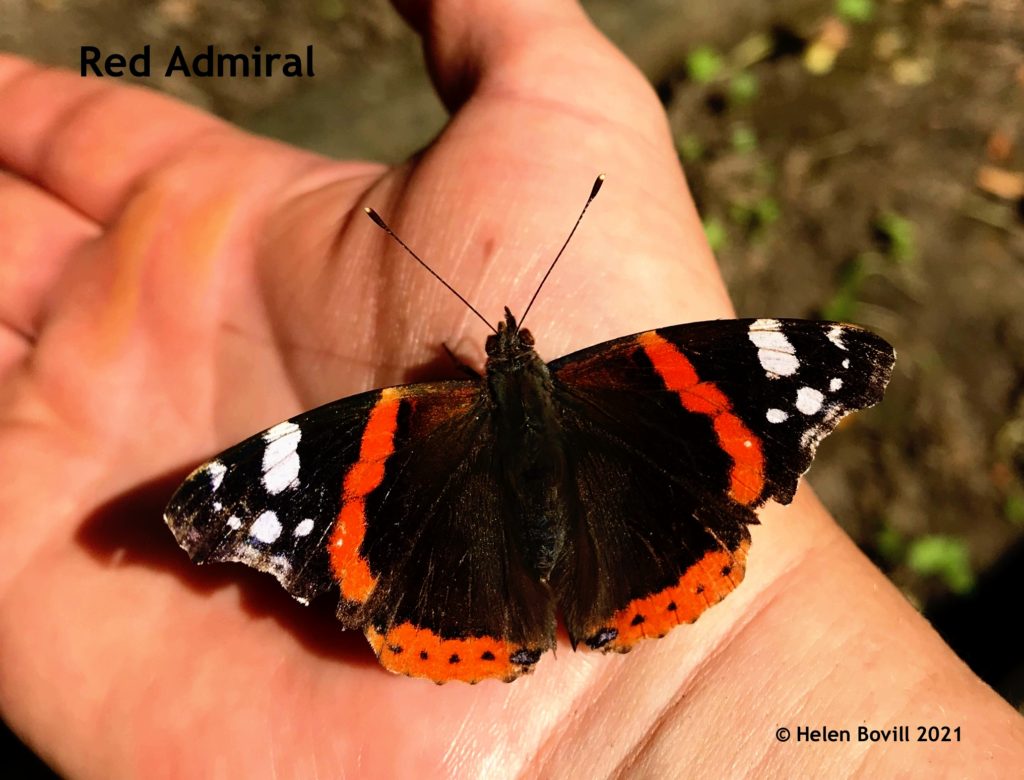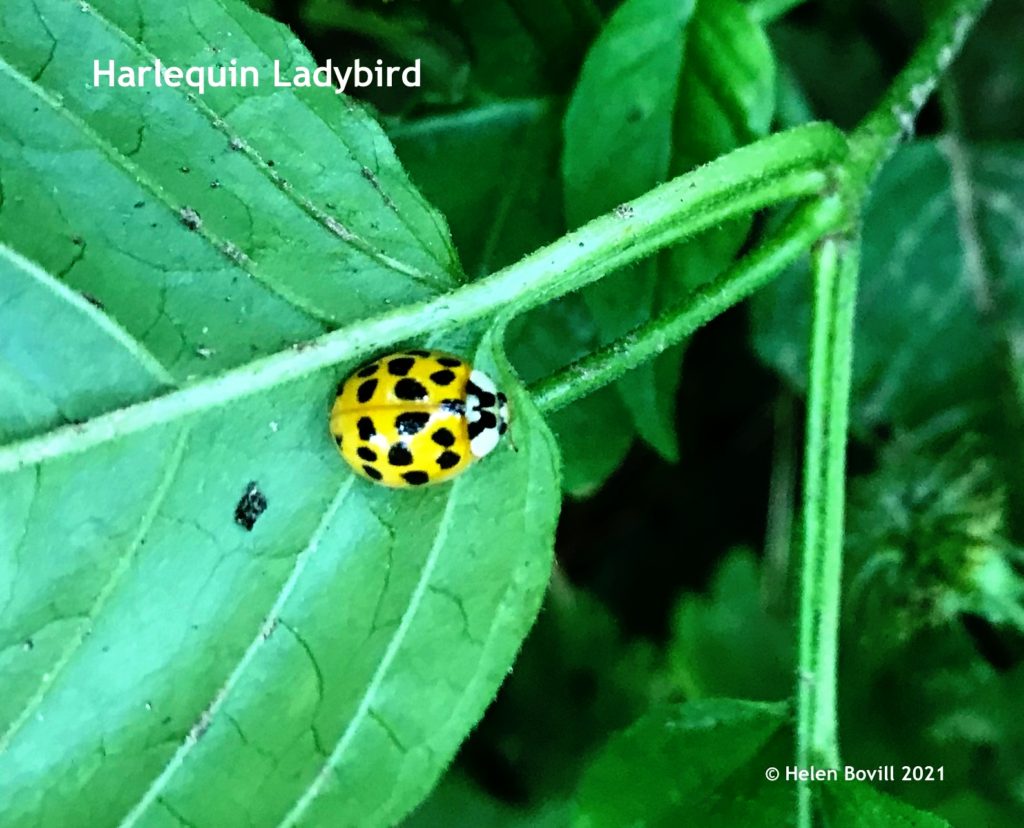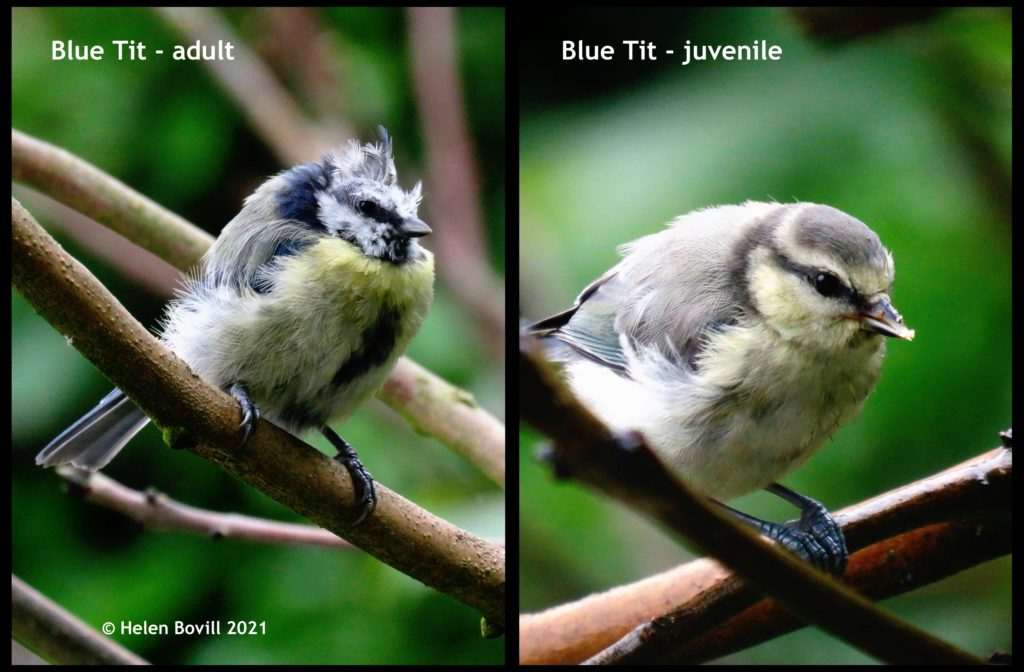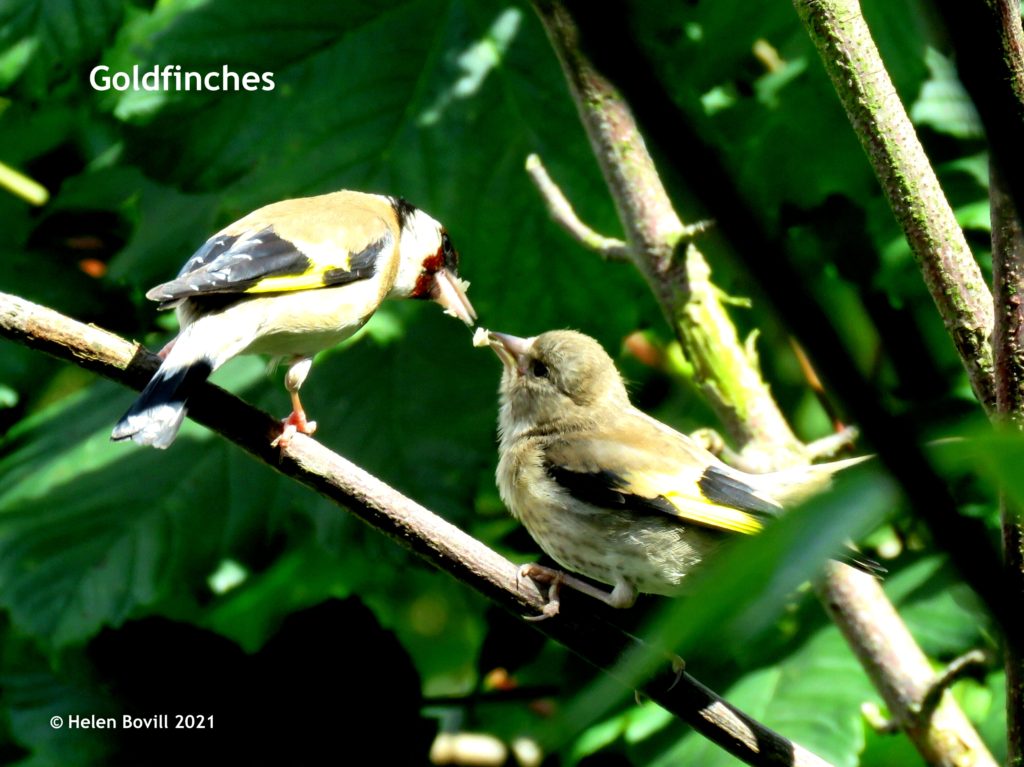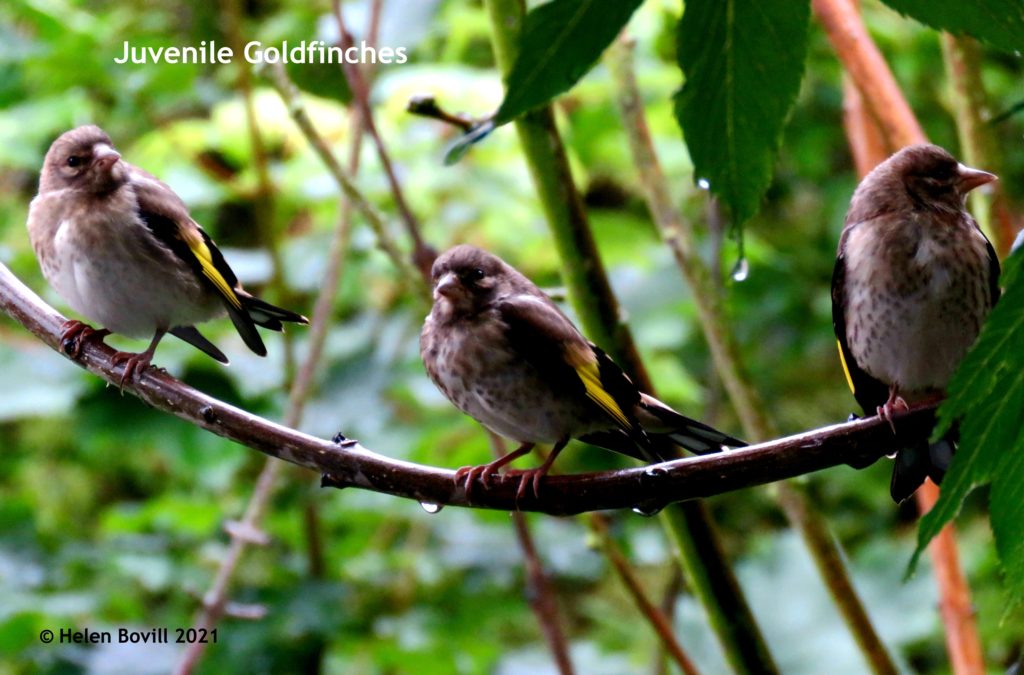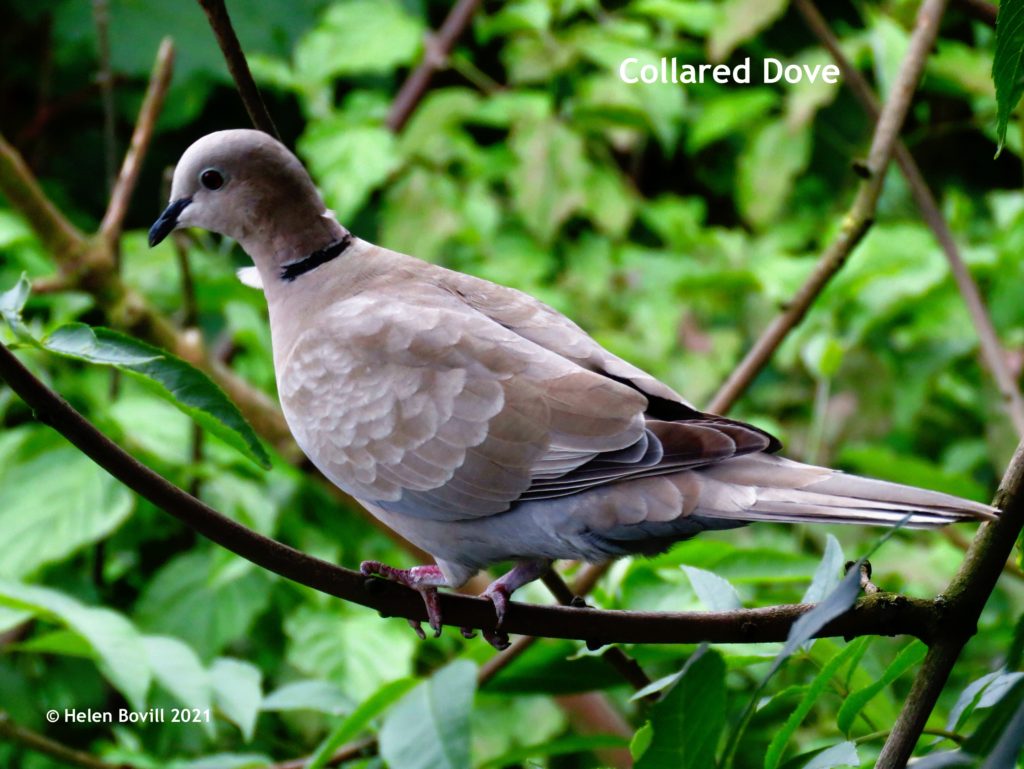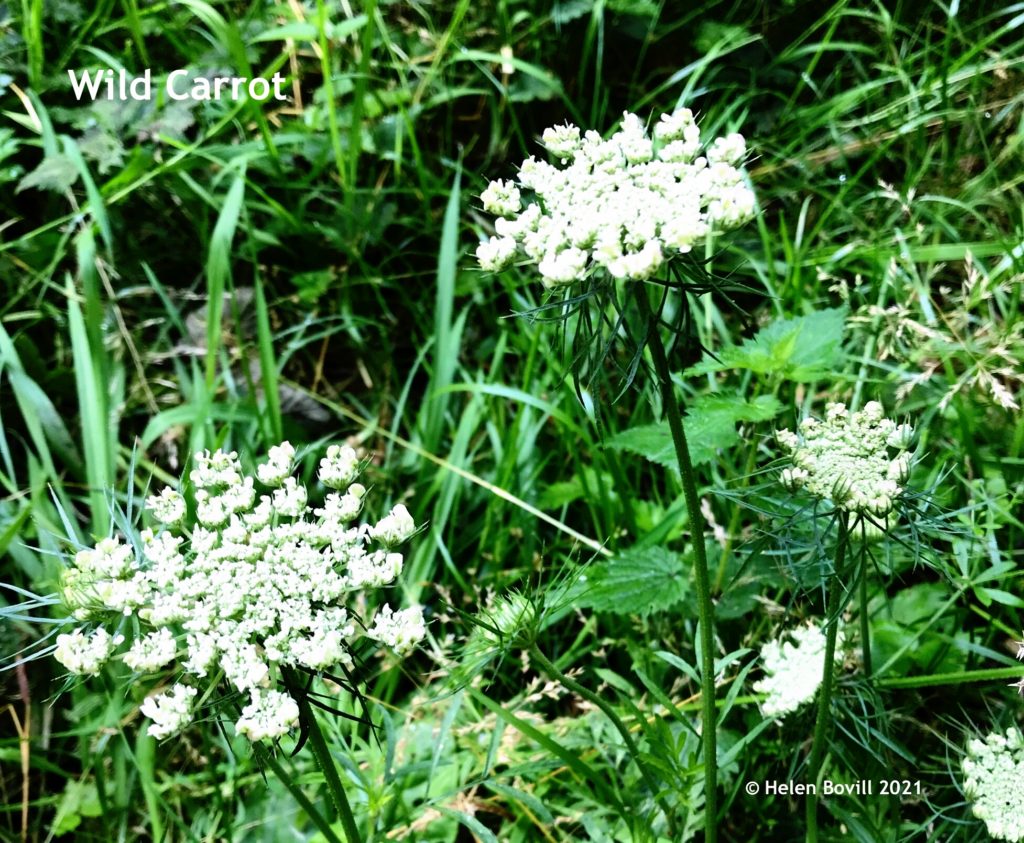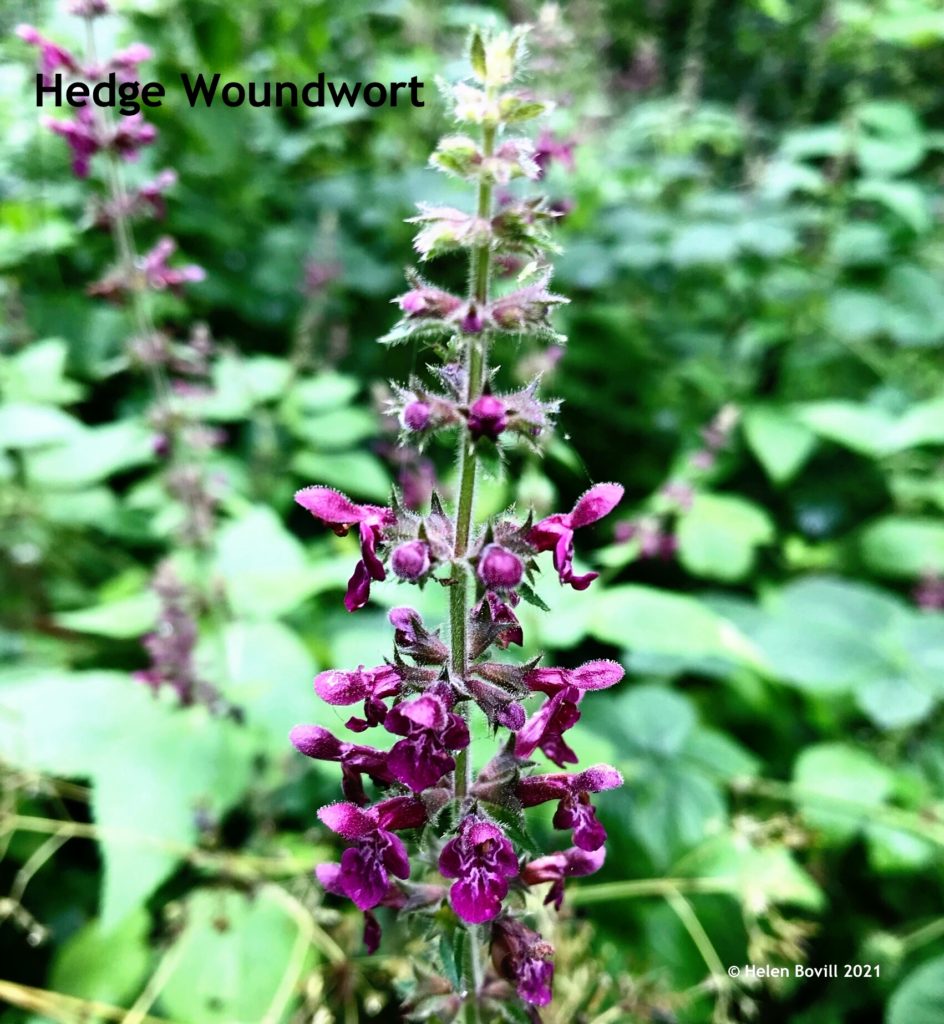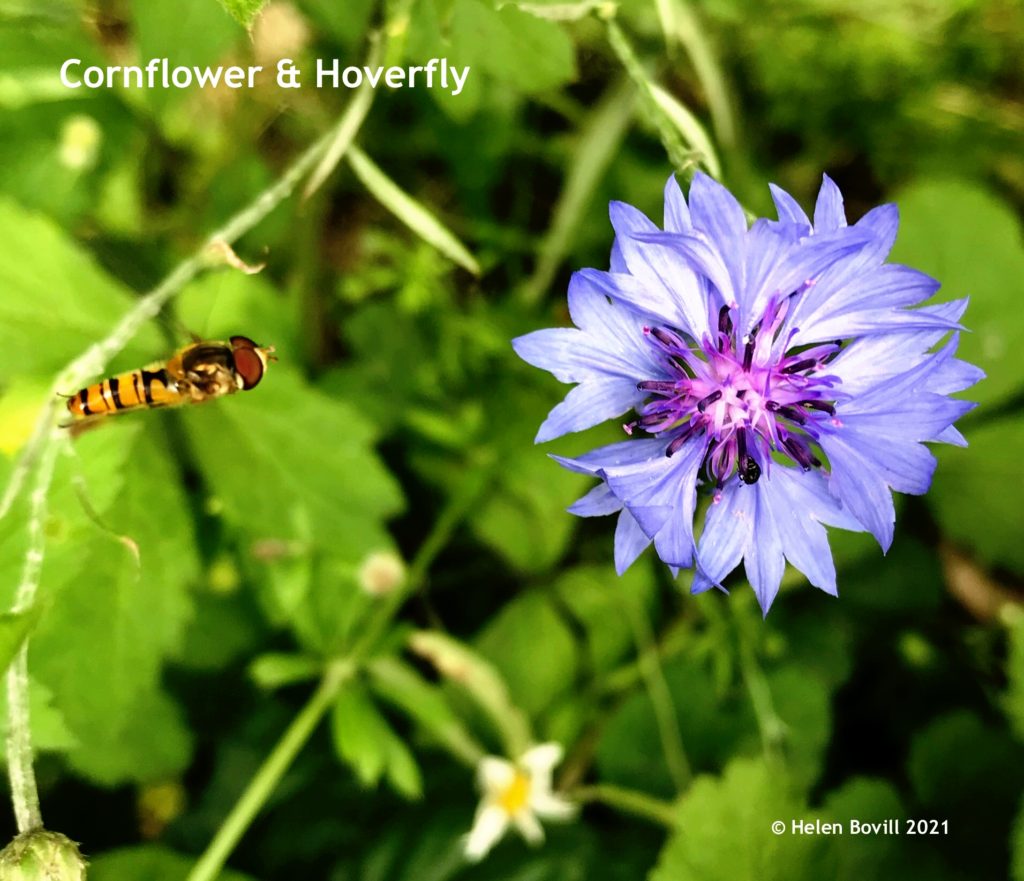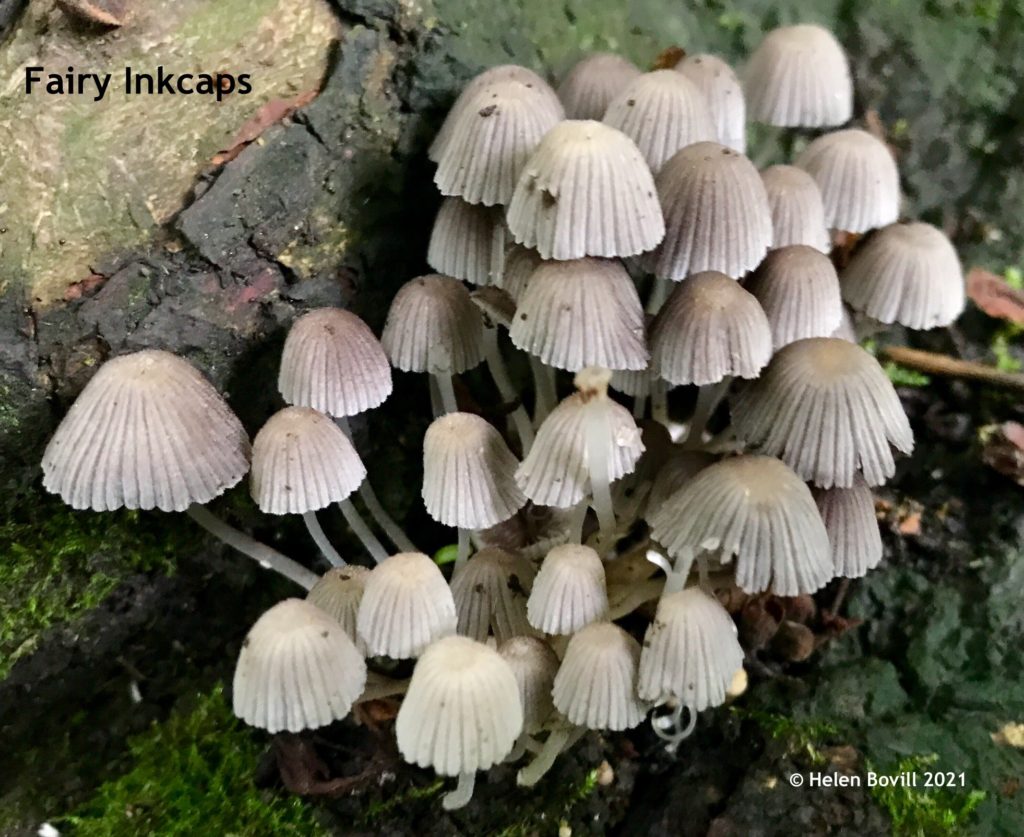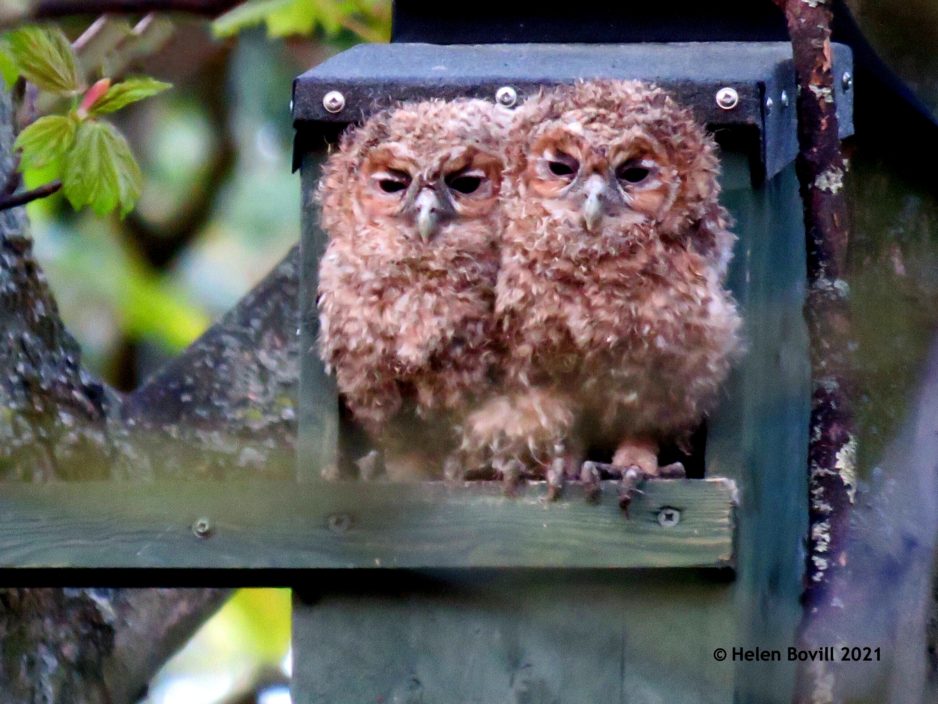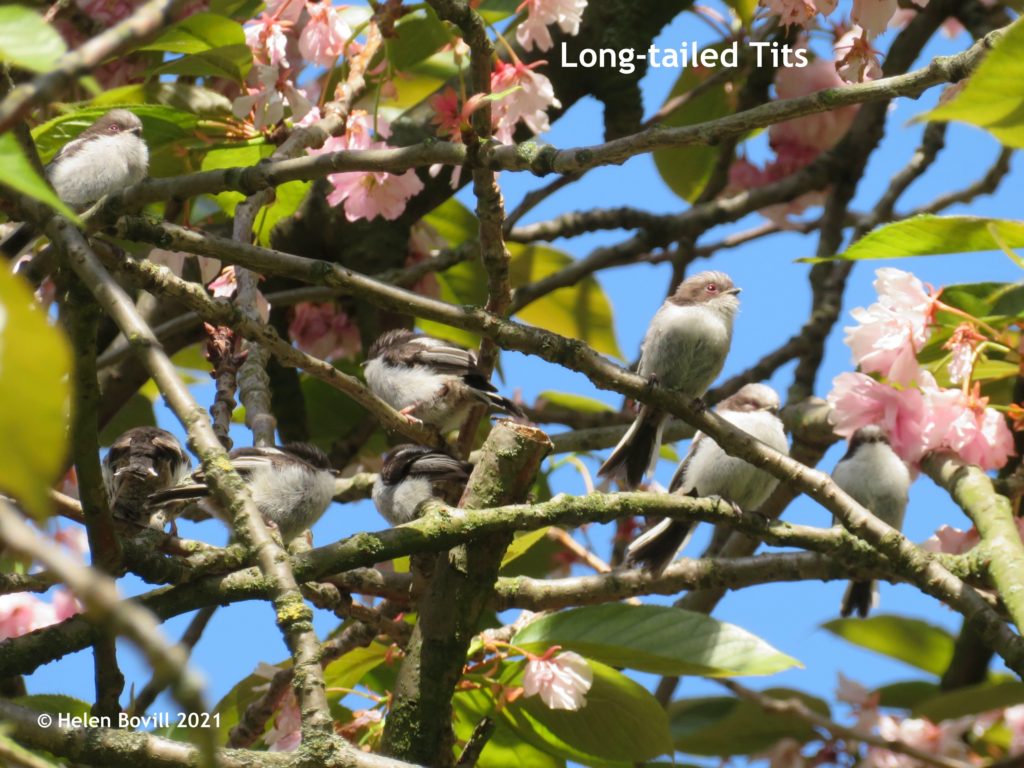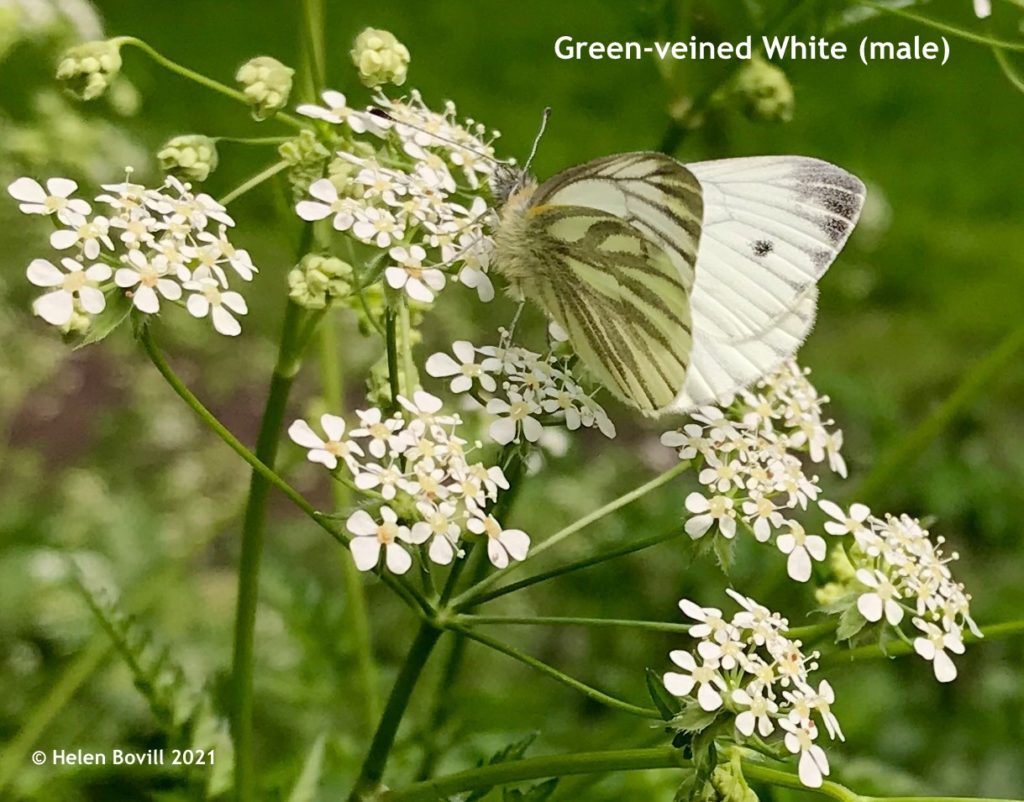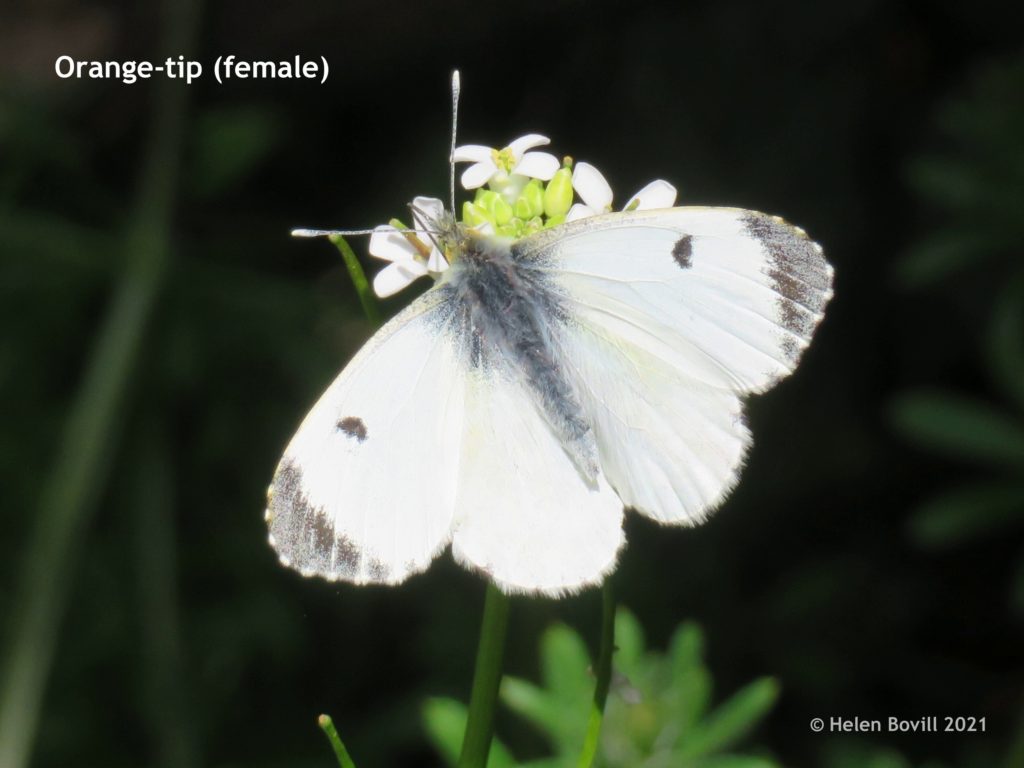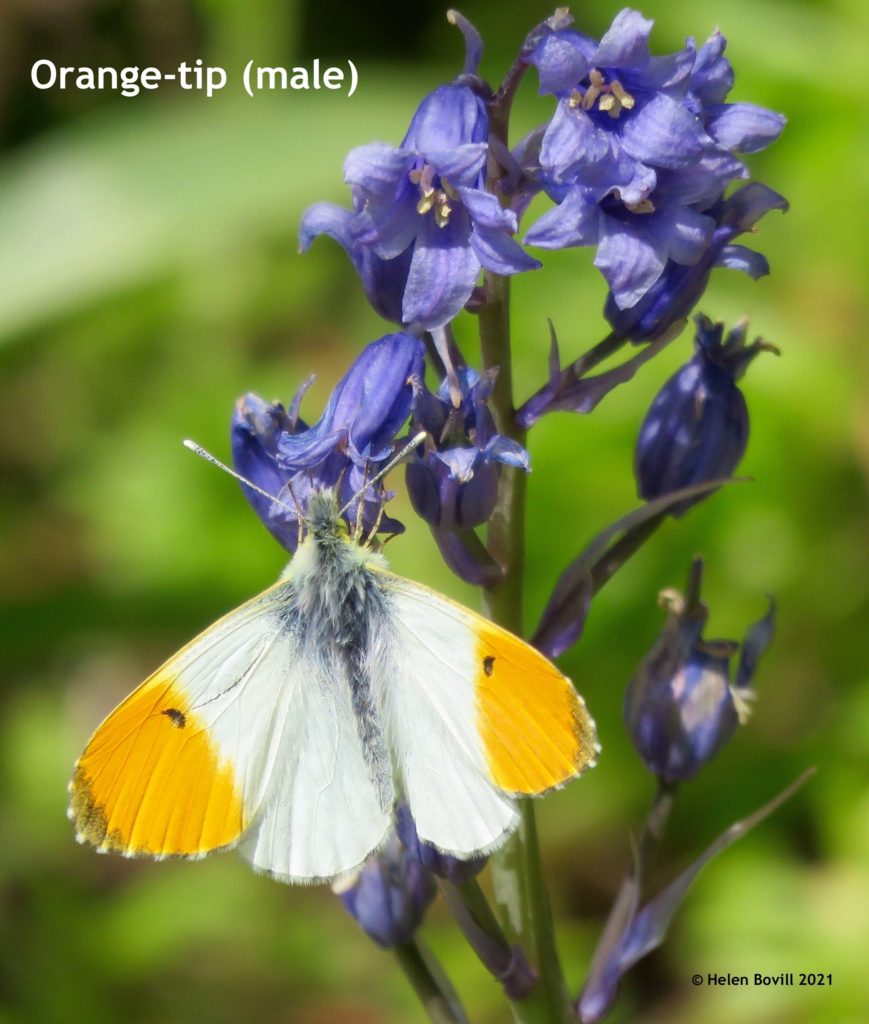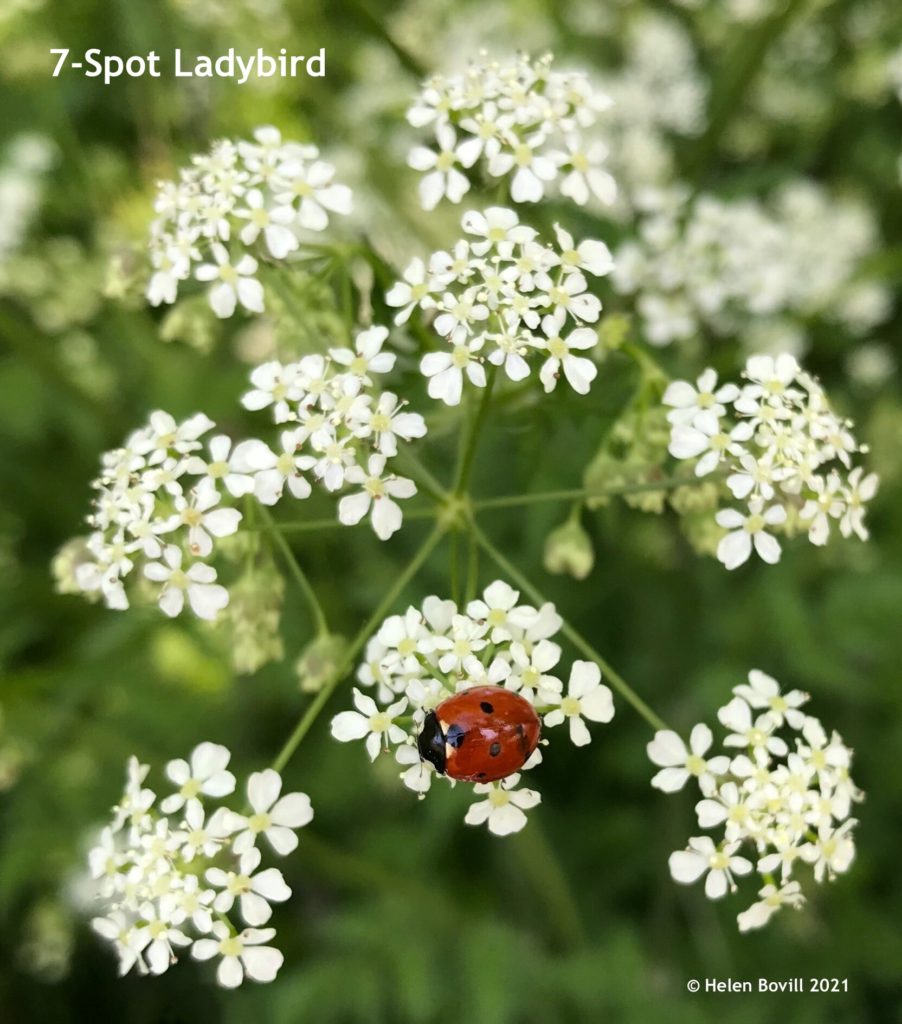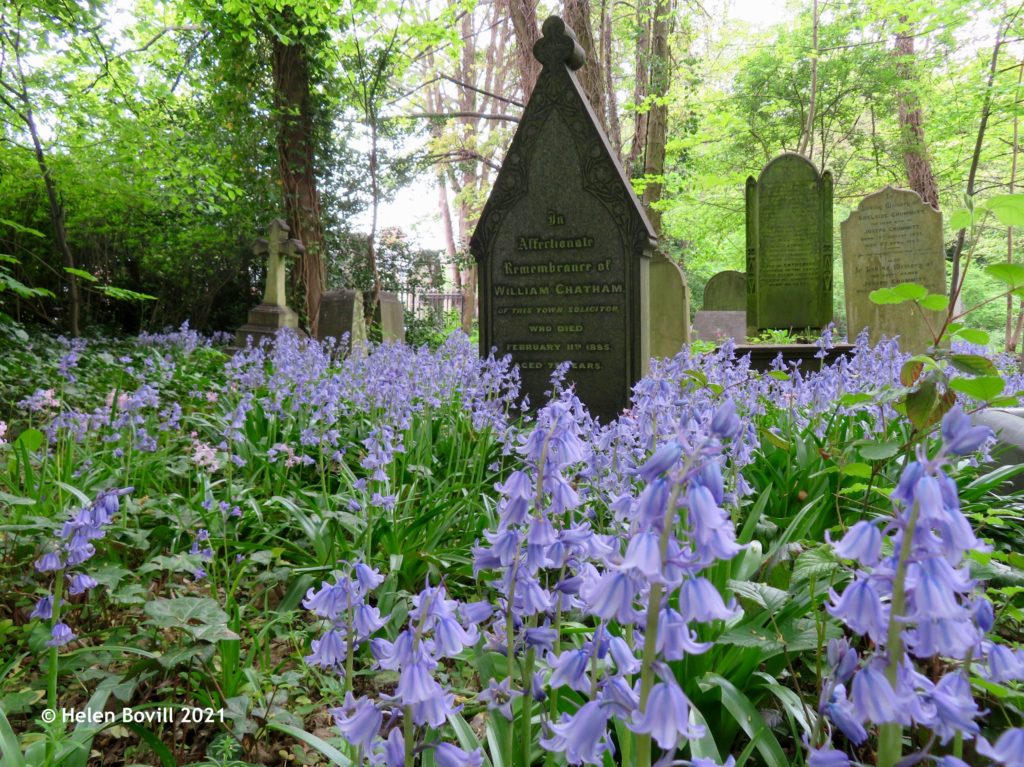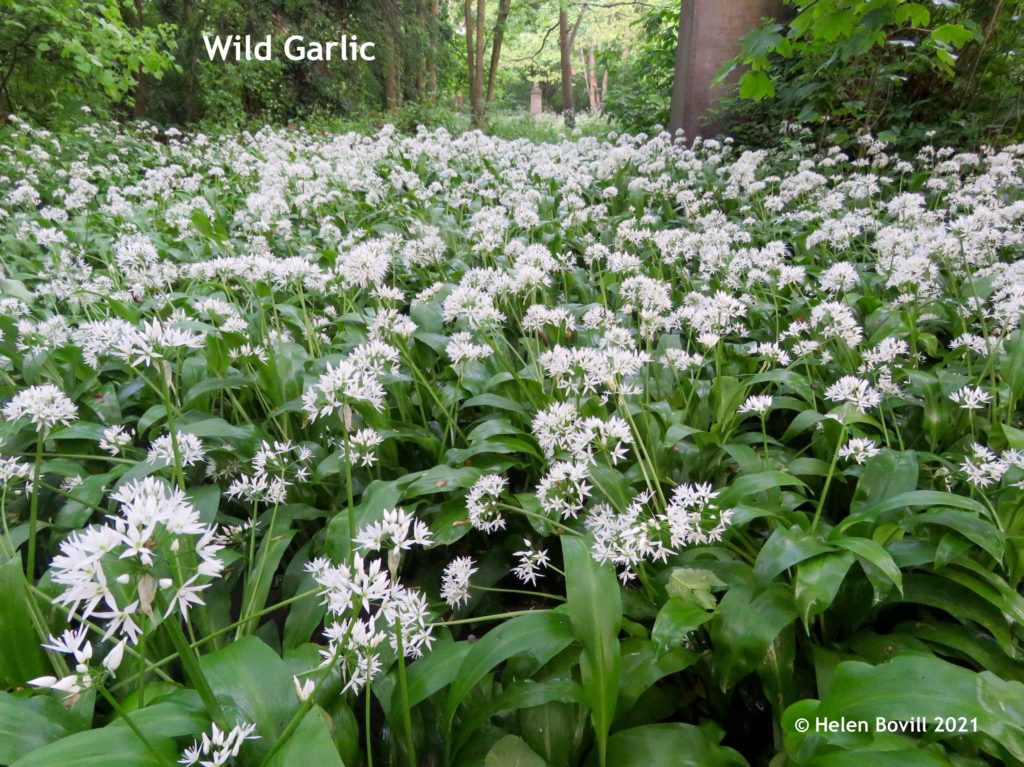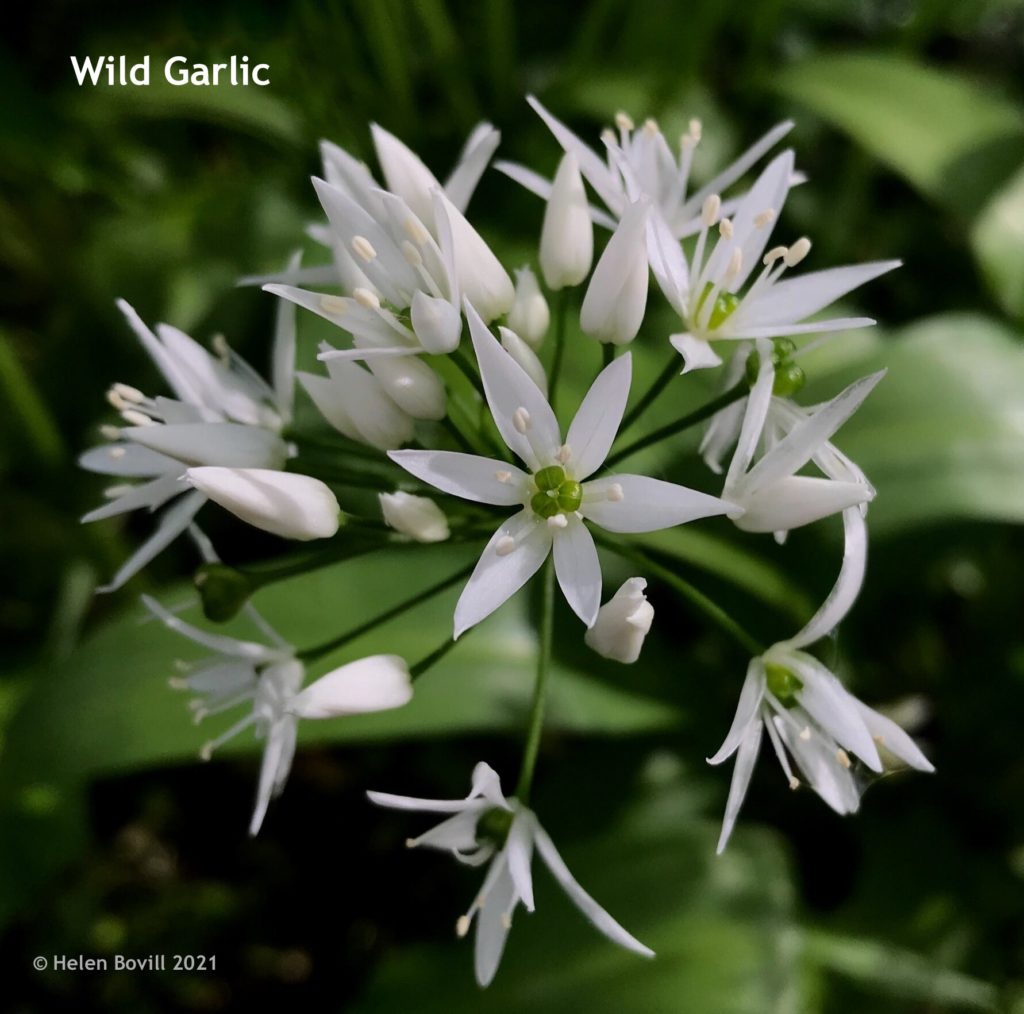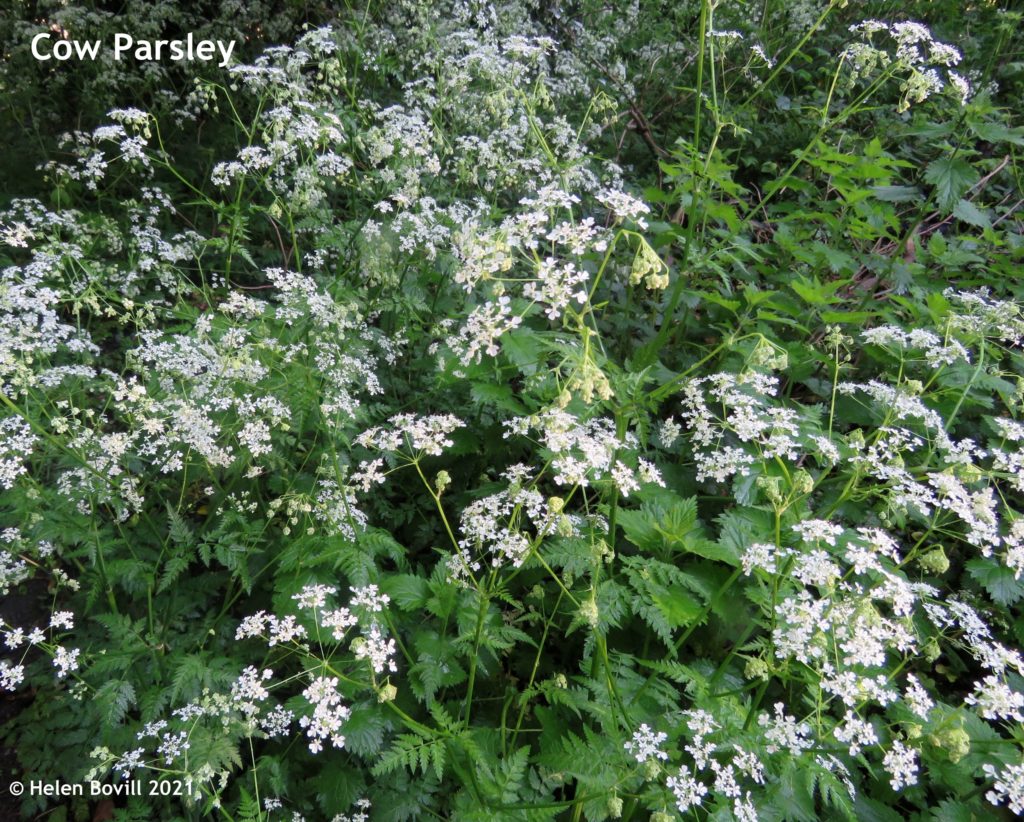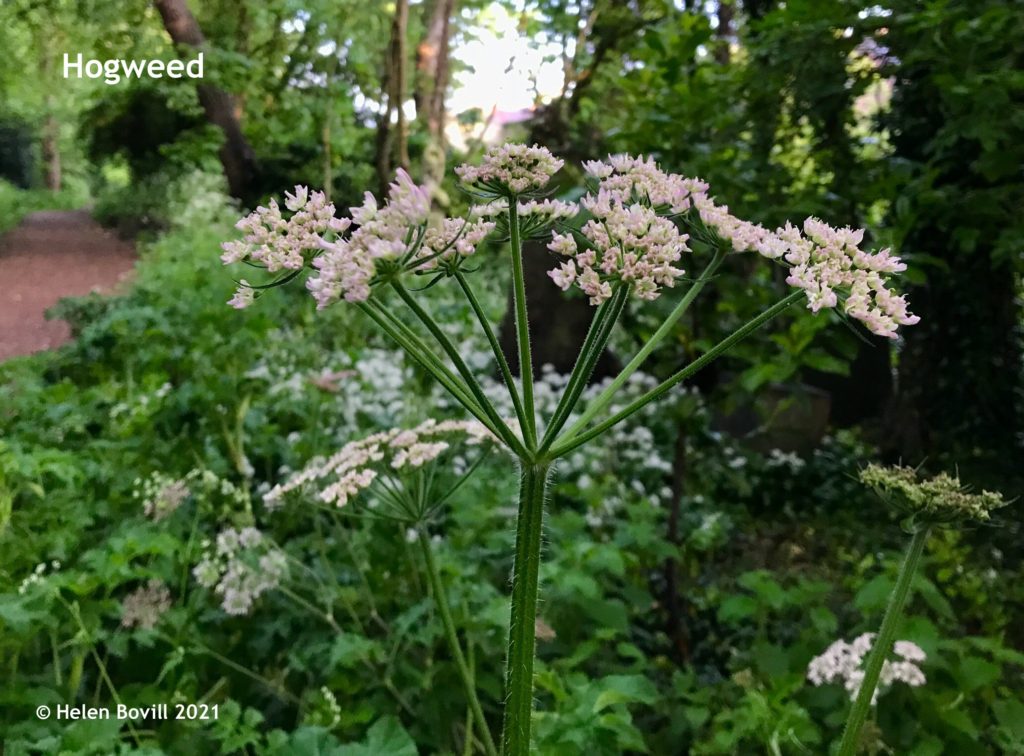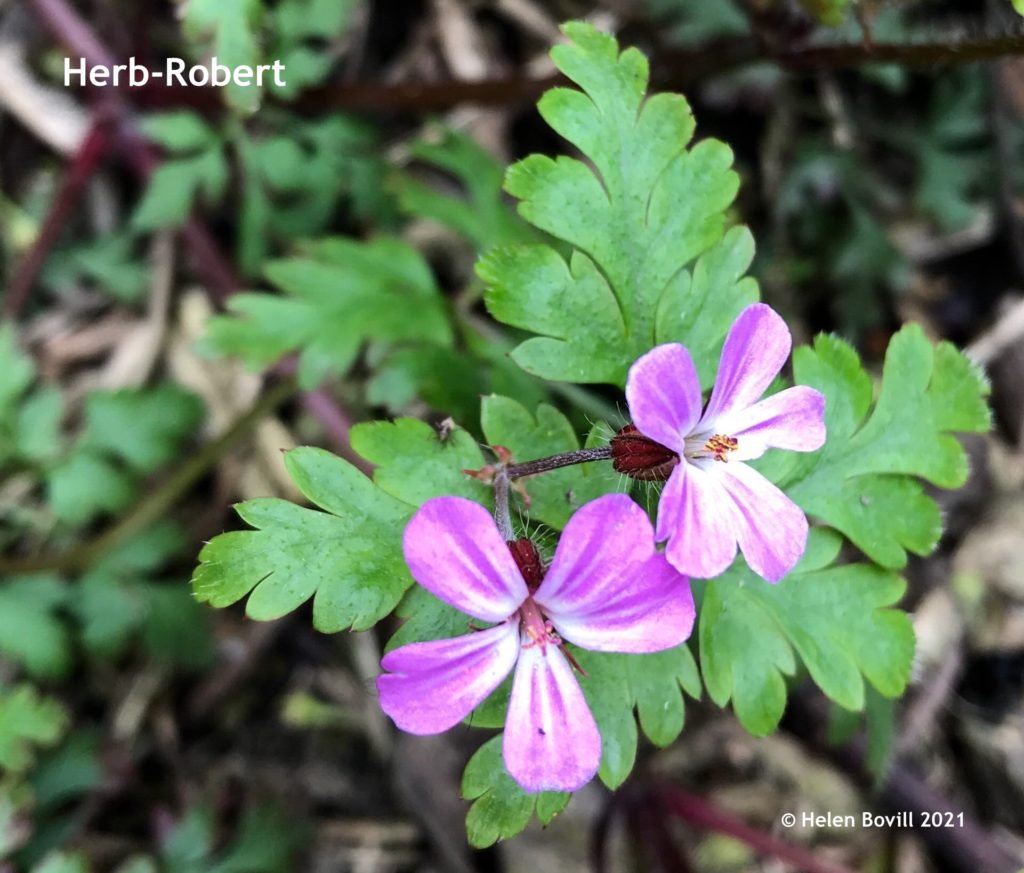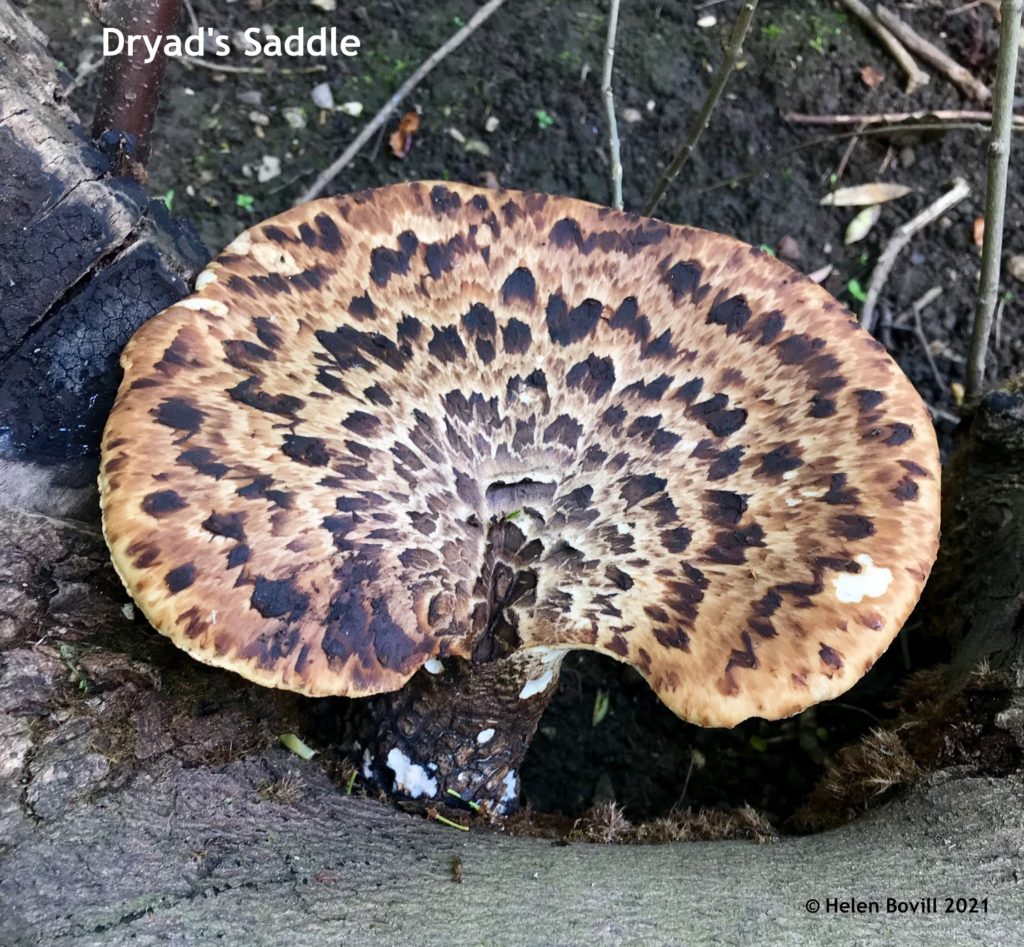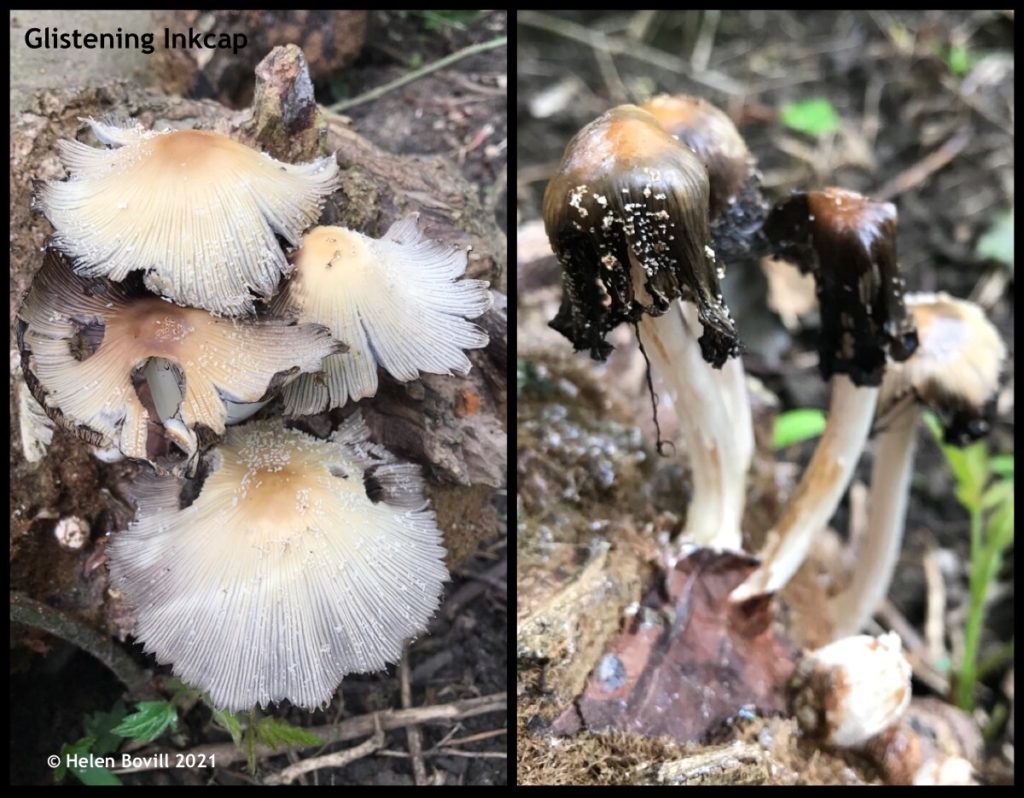Cemetery Wildlife January 2022 Cemetery Wildlife December
The year started with a very mild and sunny New Year’s Day – quite possibly the warmest on record for Hull. There was only a small amount of rain and some fog at the start of the month. It turned colder in the middle of the month and there was some frost, but it was generally very sunny and dry during the middle two weeks. The month ended on a duller but still dry note, helping the footpaths to become easier to walk on.
I noticed how the sunlight was able to penetrate right into the heart of the cemetery. It was actually getting more sunlight than the grass verge due to the position of the sun in the sky, having to rise above the tops of the houses on Spring Bank West.
Plants
I found a Lesser Celandine in flower on New Year’s Day, plus a few Brambles with flowers on them! Later in the month a few more Lesser Celandines were in flower, and I also found a Dandelion and some Groundsel on the grass verge.
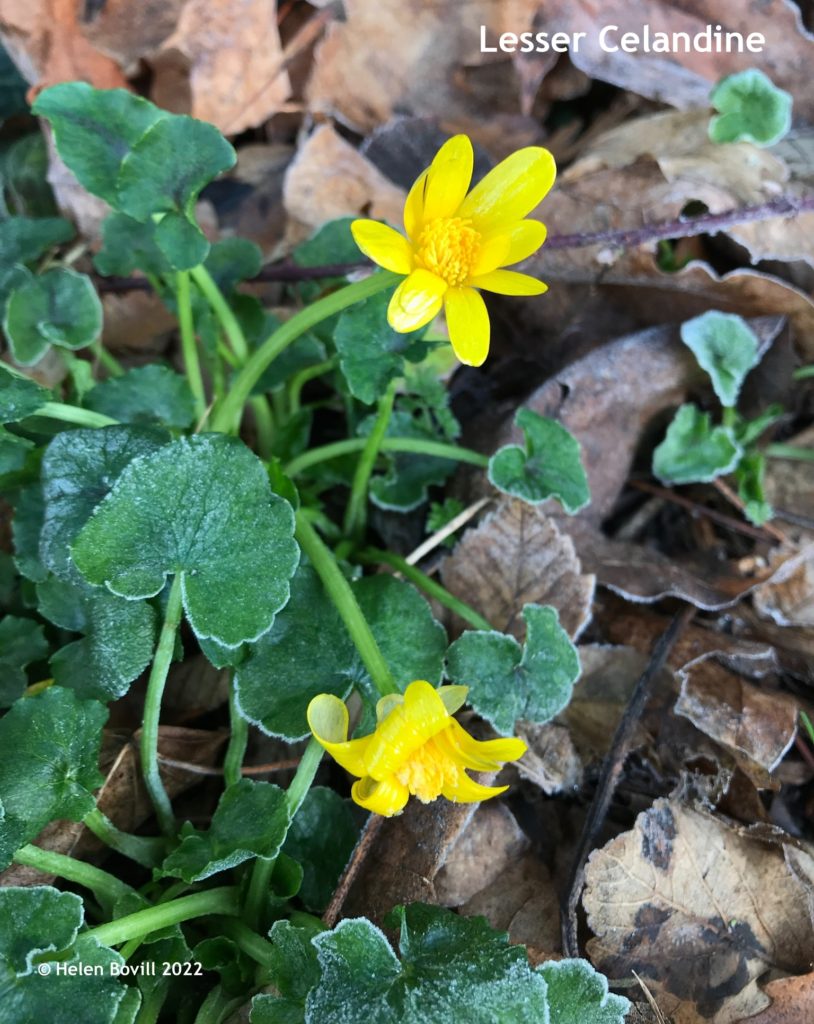
There are lots of Snowdrops now starting to appear, helped no doubt by the fine sunshine, and they seem to be about a week earlier than last year. Very tiny buds are starting to appear on some of the trees, and there are a few catkins on one of the Hazels.
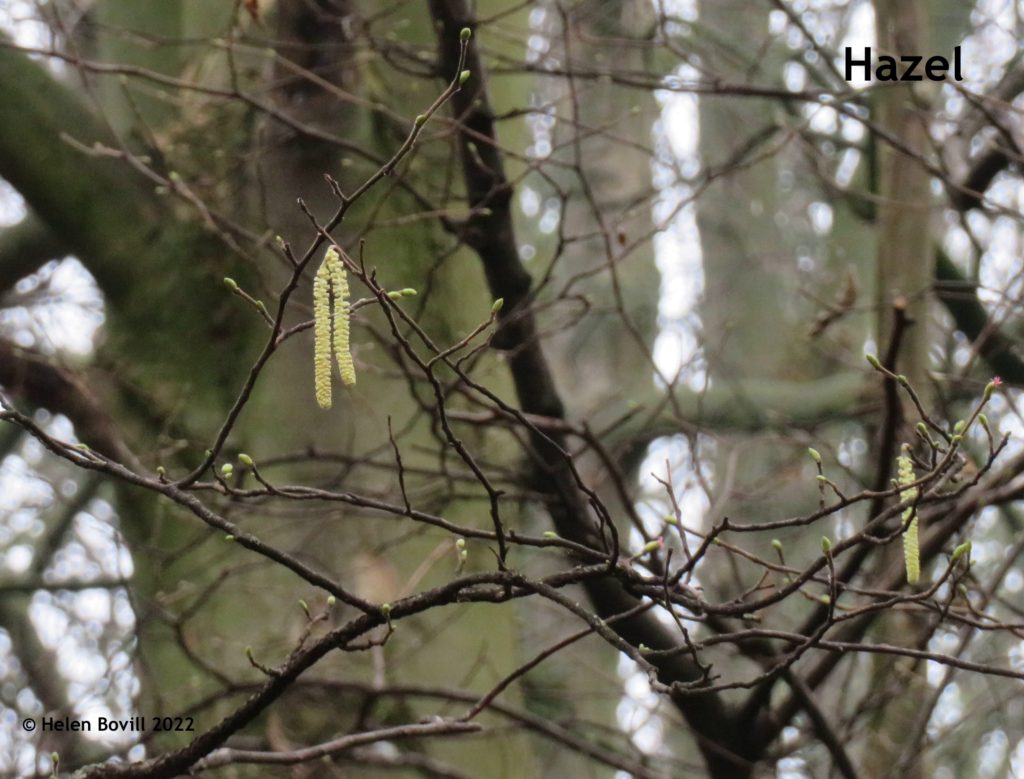
Insects
I noticed a few small insects in the air, and I also saw a Marmalade Hoverfly. Not surprisingly I didn’t see any butterflies, but I did see a report (from a reliable source) of a Small Tortoiseshell being seen in another part of Hull.
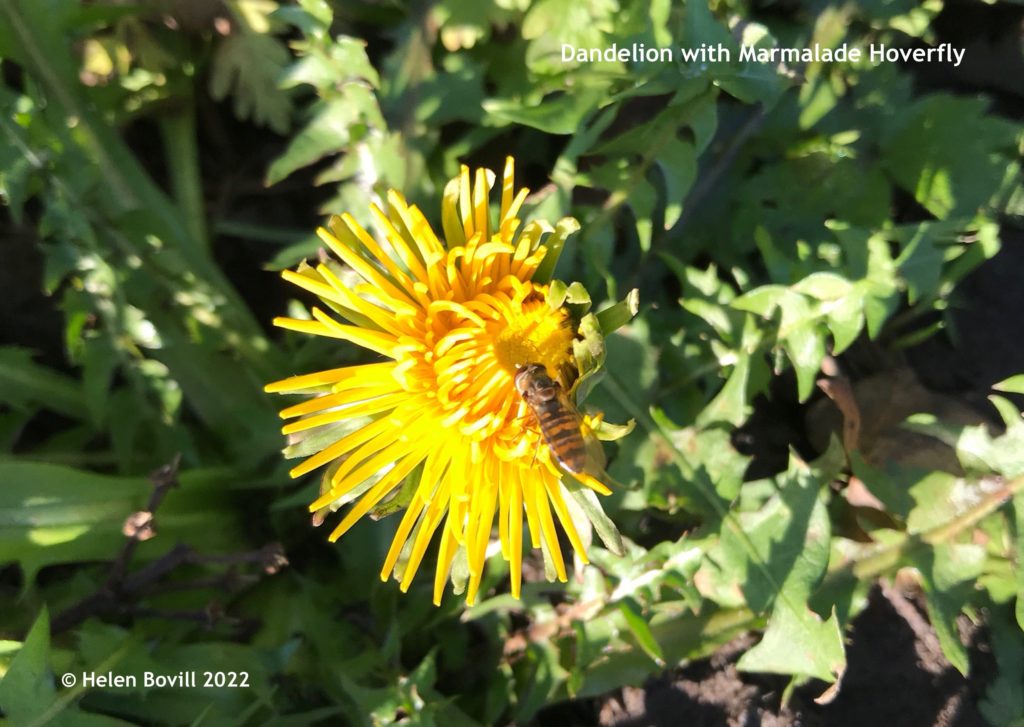
Birds
It’s been a quiet month for bird sightings in that there have not been any unusual or rare visitors to report. There are still plenty of the regular resident species around, such as Blue Tits, Great Tits and the much less abundant Coal Tit.
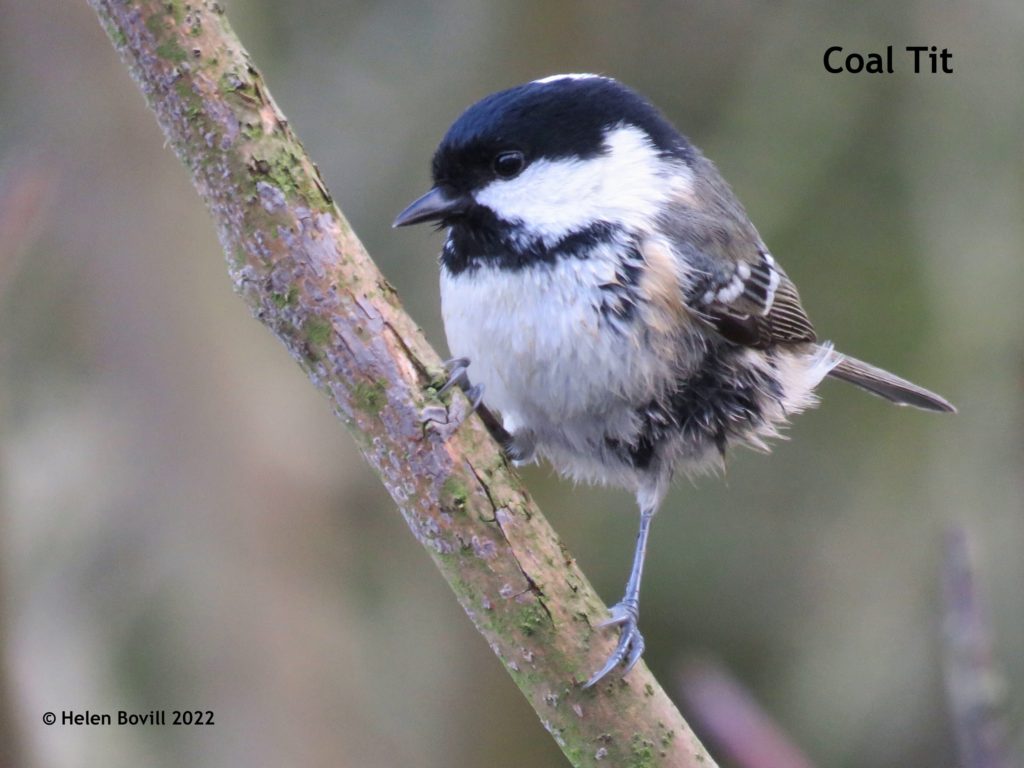
I managed to catch a glimpse of a Treecreeper. It started low down on the trunk of the tree and then quickly worked its way upwards, circling around the tree as it climbed. They feed on insects found under the bark.
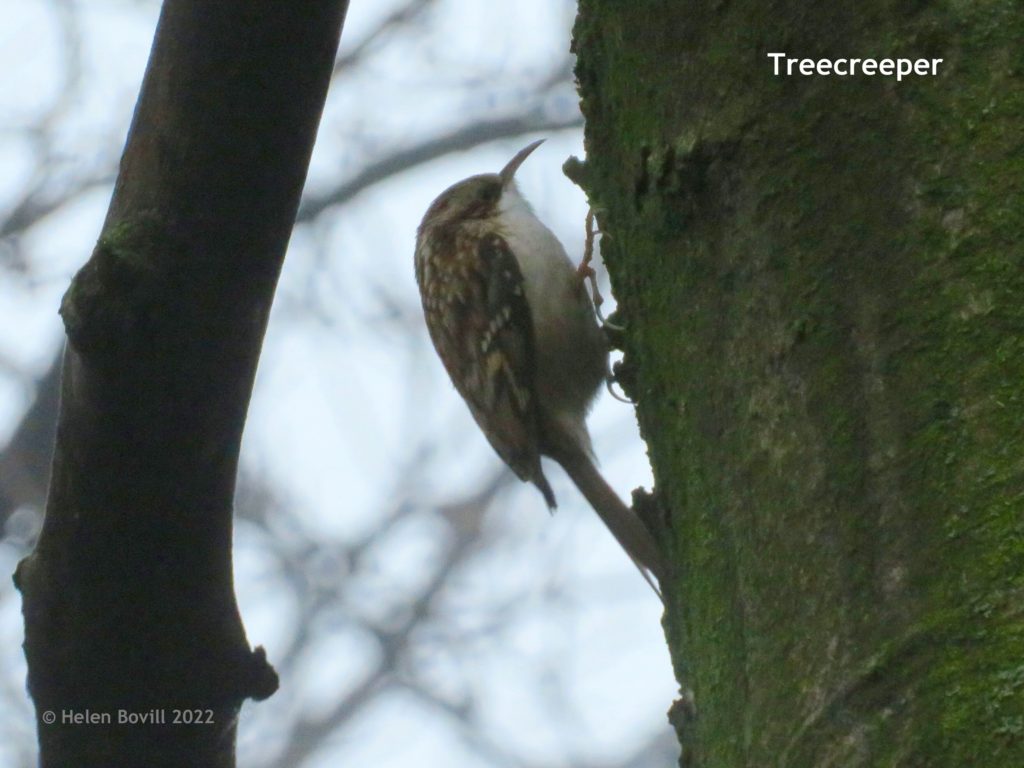
A walk through the cemetery wouldn’t be complete without seeing one of our most easily recognised birds, the Blackbird. There are several of them around, raking through the leaves looking for food. The females are dark brown with a darker bill.
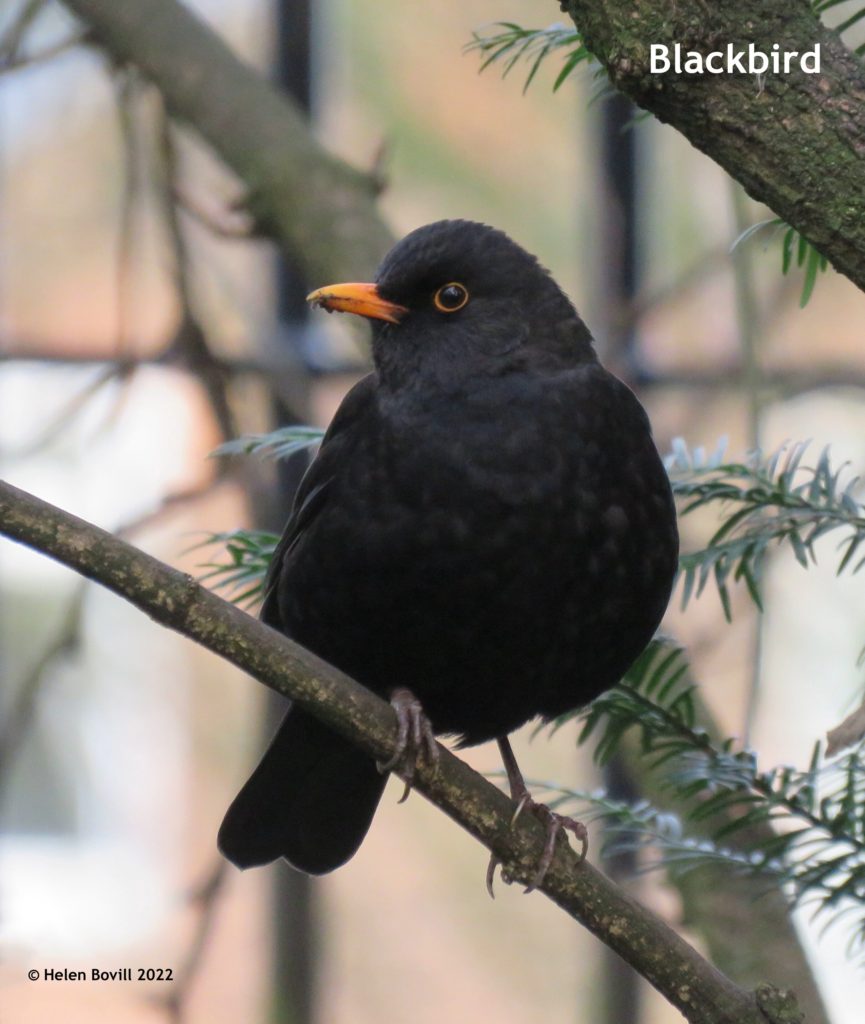
Much of the cemetery wildlife can be seen on the ground, including Wood Pigeons. There are lots of them searching for food amongst the leaves and shrubs. They can also be seen in the trees, eating Ivy berries.
The resident Robins are now in full song, marking out their territories and trying to attract a mate. They’re very early risers, often starting to sing a couple of hours before sunrise.
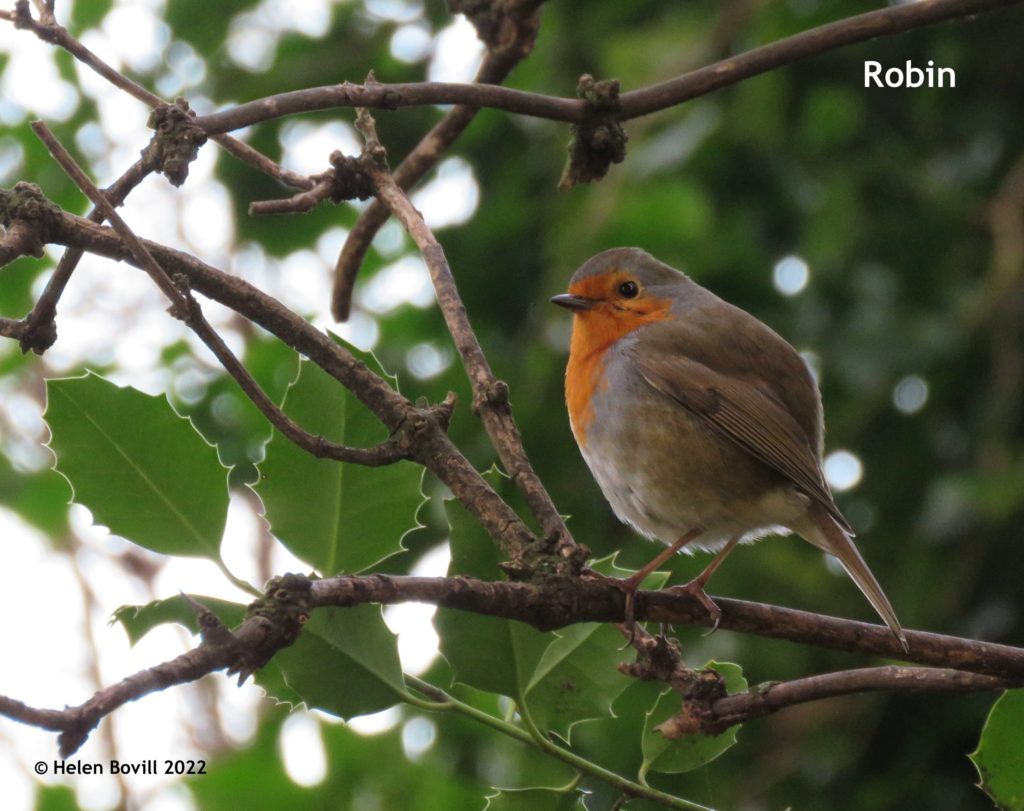
Also seen this month – Chaffinches, Dunnocks, Stock Doves and Wrens.
Fungi
There are still fungi to be found in the Cemetery even in January. The small and colourful Velvet Shank can even withstand freezing temperatures.
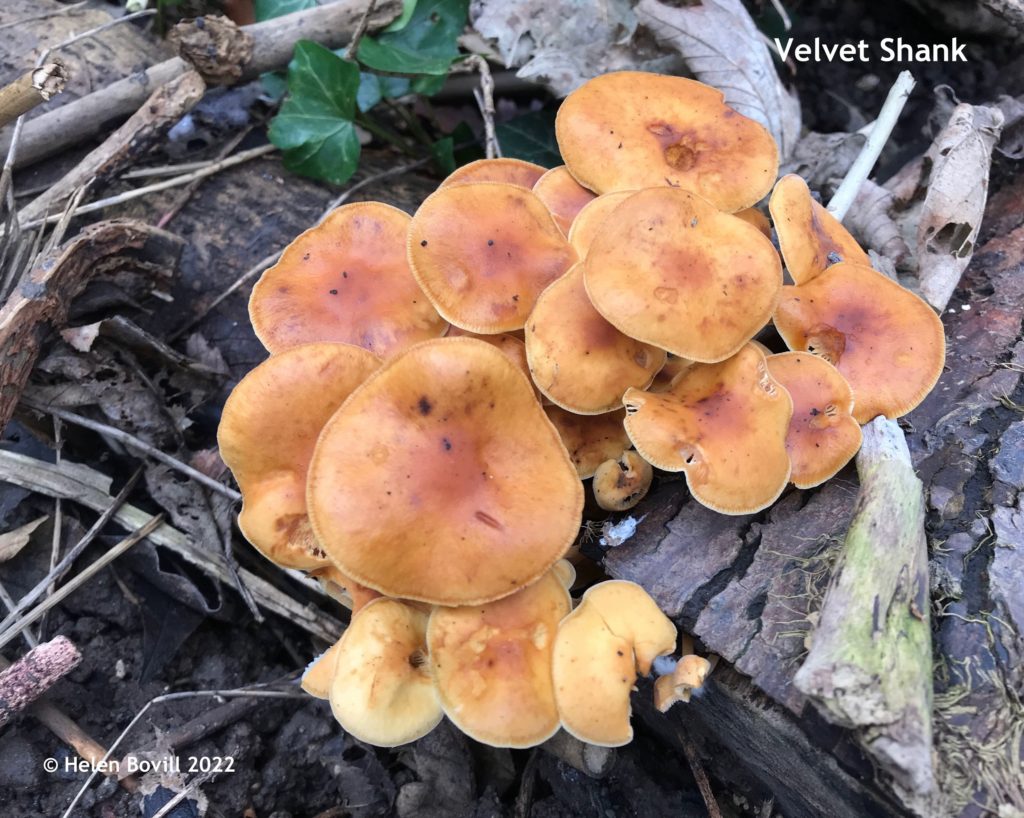
I also found some similar sized mushrooms growing on a fallen log and I believe these are known as Turkey Tail. Mushrooms can often be quite difficult to identify as their appearance can vary enormously over their sometimes quite short life spans.
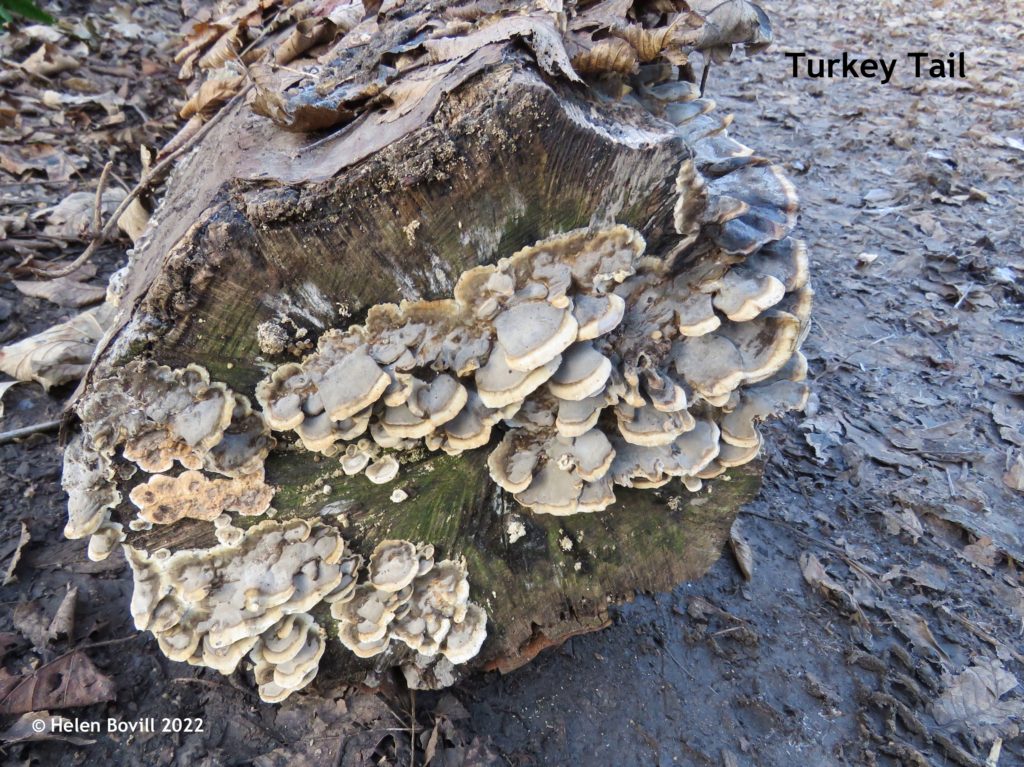
When we look at mushrooms we only see the fruiting body of the organism. The rest is hidden below the surface of whatever it’s growing on. Some are so small it’s easy to miss them. The Coral Spot is tiny but its bright colour makes it easy to see.
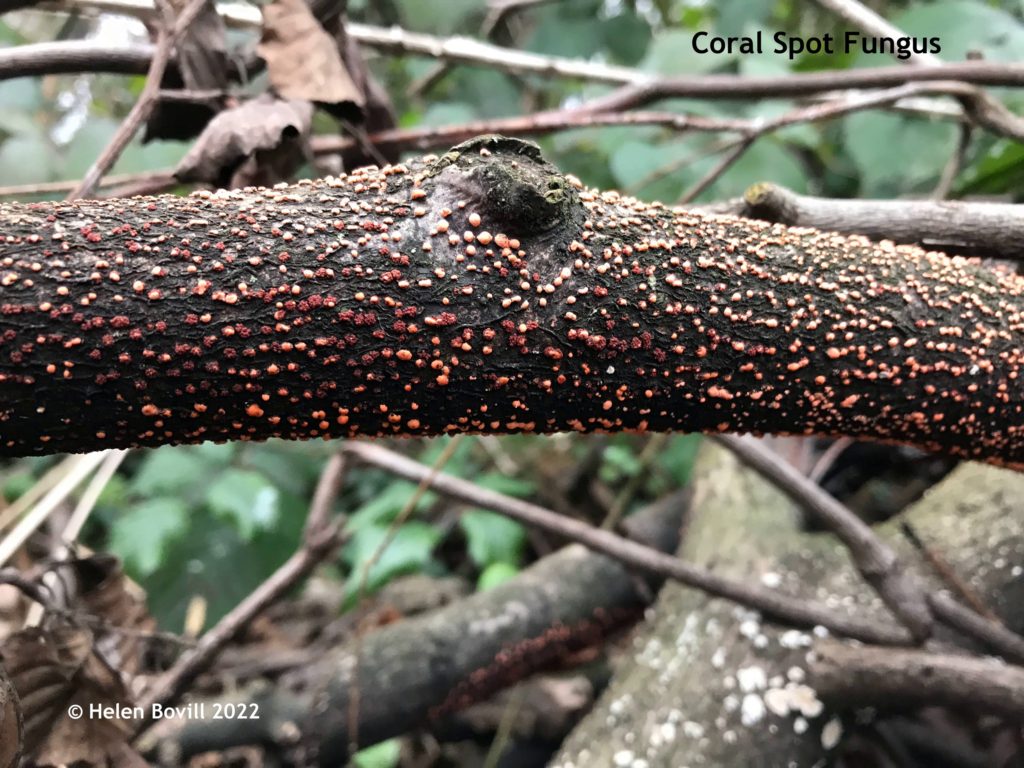
From the tiny to the large, I found a mushroom the size of the palm of my hand mid-January. This is a type of Blewit.
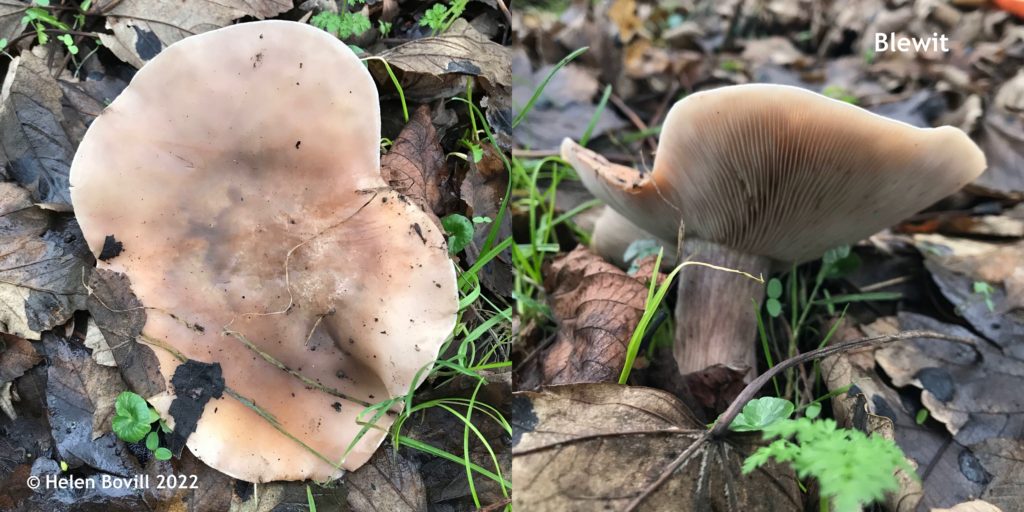
I can’t say for definite if it was a Field Blewit or a Wood Blewit due to its poor condition but it was still a nice find.
Conclusion
January was a dry month with extremes of temperature ranging from extremely mild to the frosts you’d expect at this time of year. There was plenty of cemetery wildlife around as usual of course. But I couldn’t help but look back to this time last year though, when many of the volunteers and visitors to the cemetery enjoyed some excellent views of a Buzzard. I wonder what our surprise wildlife of 2022 will be? Will it be a bird or an animal or even an insect? We have another 11 months to find out!


